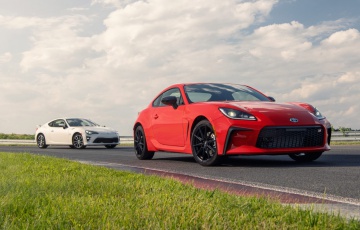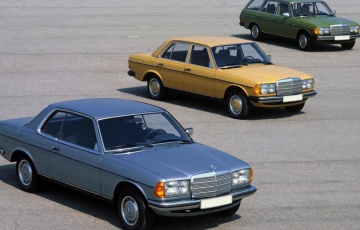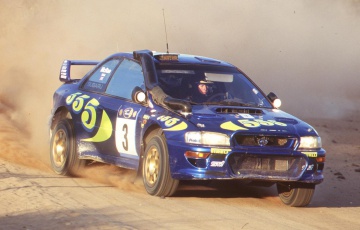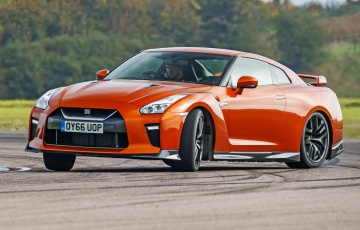2022 Subaru Forester e-Boxer 2.0i-S MHEV Review : Doubled Vision
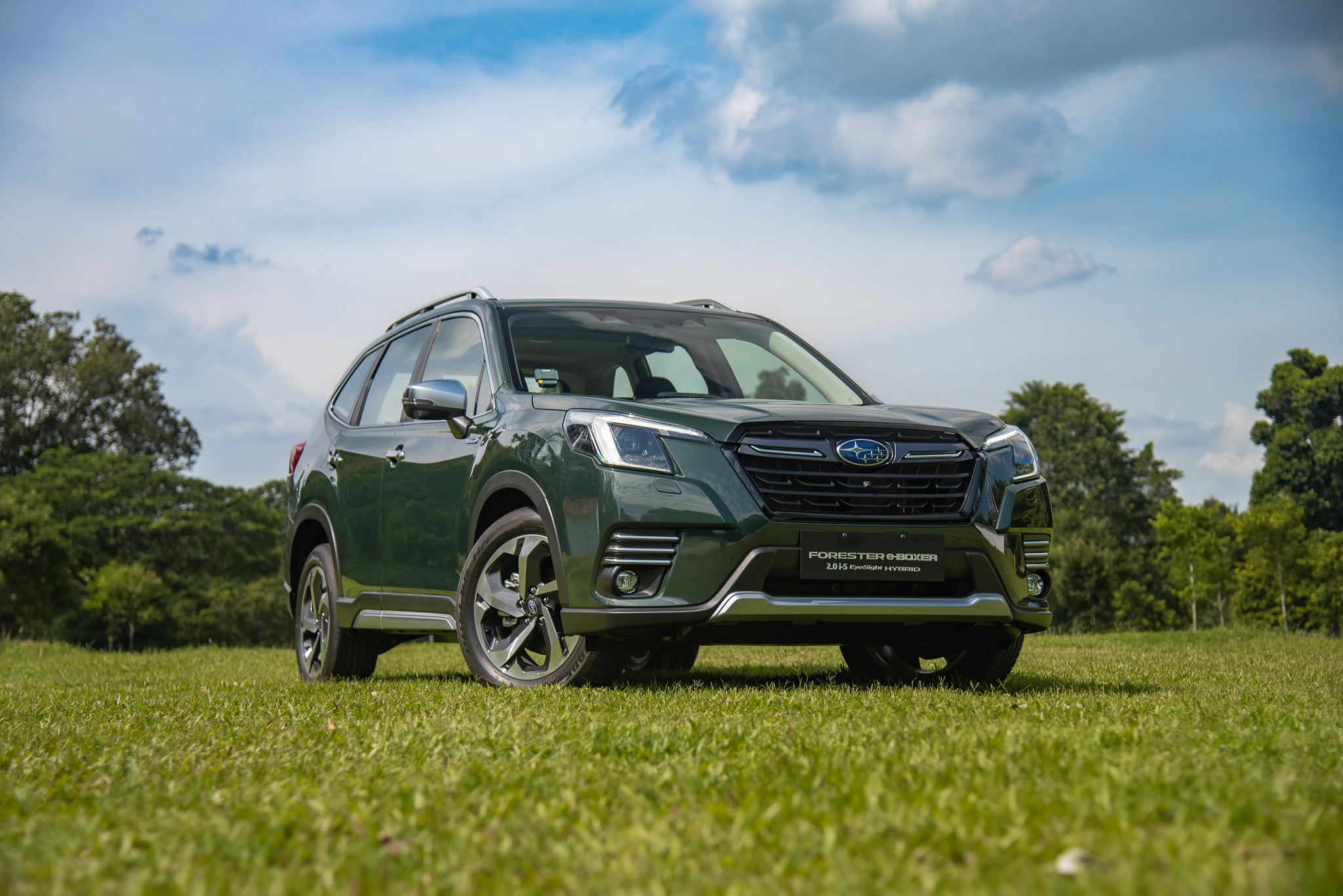
2022 Subaru Forester e-Boxer 2.0i-S MHEV Review : Doubled Vision
Singapore - The Subaru Forester has been around for nigh on 25 years, spanning across 5 generations. It’s a nameplate that’s almost as old as I am, and one that has been revered by off-roading aficionados and consumers alike for its roominess, AWD drivetrain and flat-4 Boxer engine. Alas, it makes a comeback.
This all-new Subaru Forester 2.0i-S e-Boxer EyeSight mild hybrid is technically a facelift of the 5th generation car, but it receives a few updates on the inside and out, as well as a full suite of safety features as long as its name. But from a visual standpoint, it’s an interesting game of 'spot the difference' when you put this new car up against its original 5th-generation sibling.
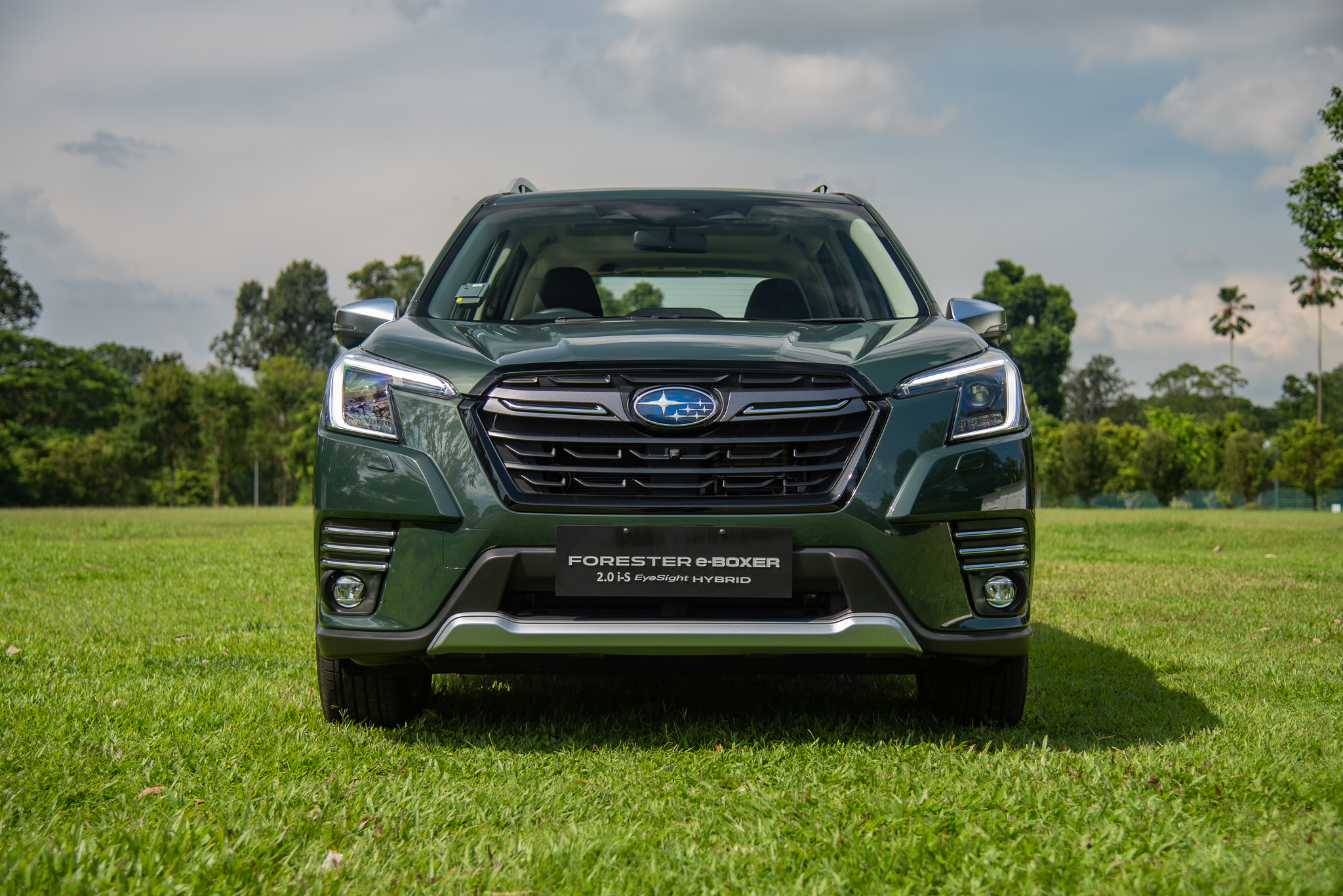
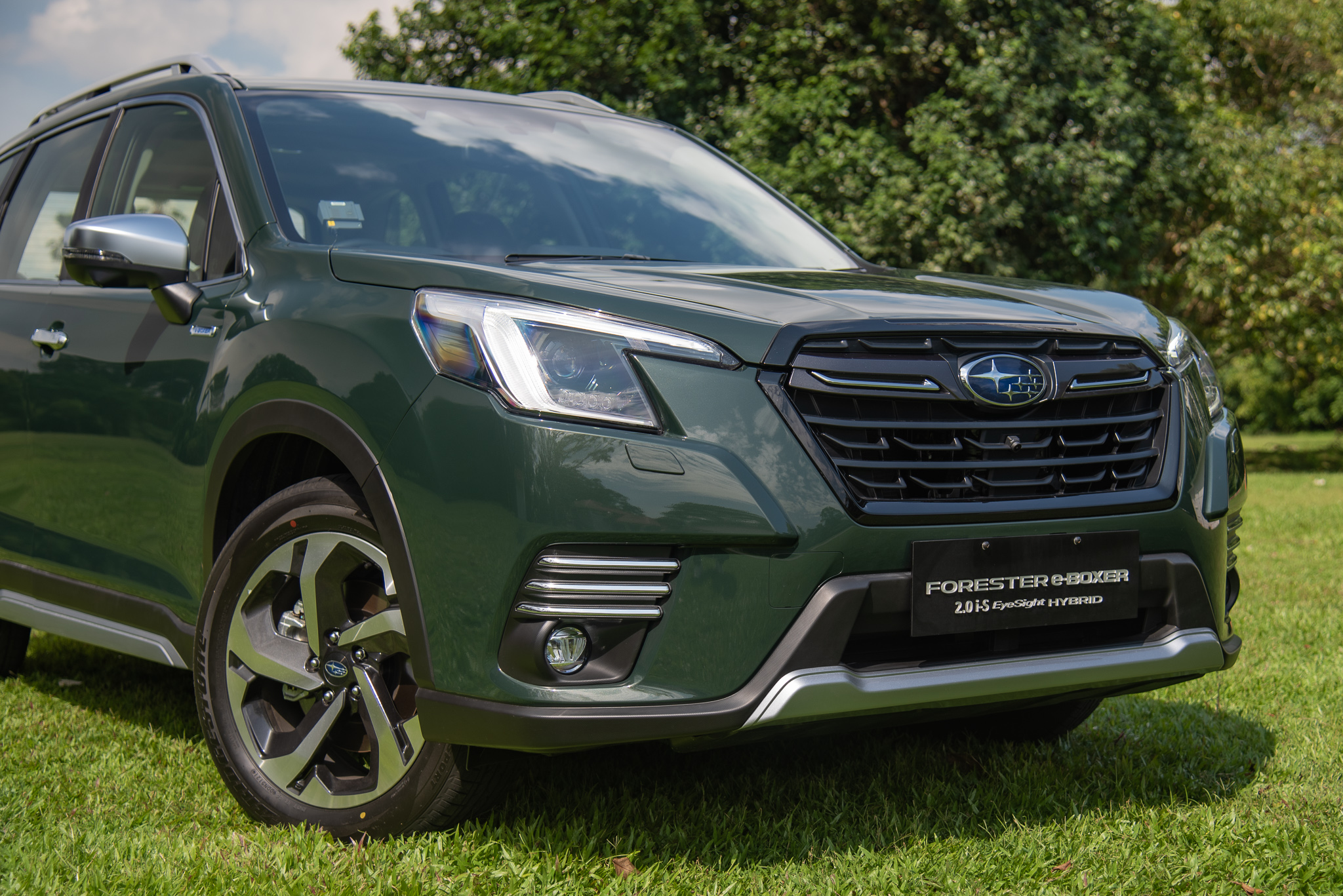
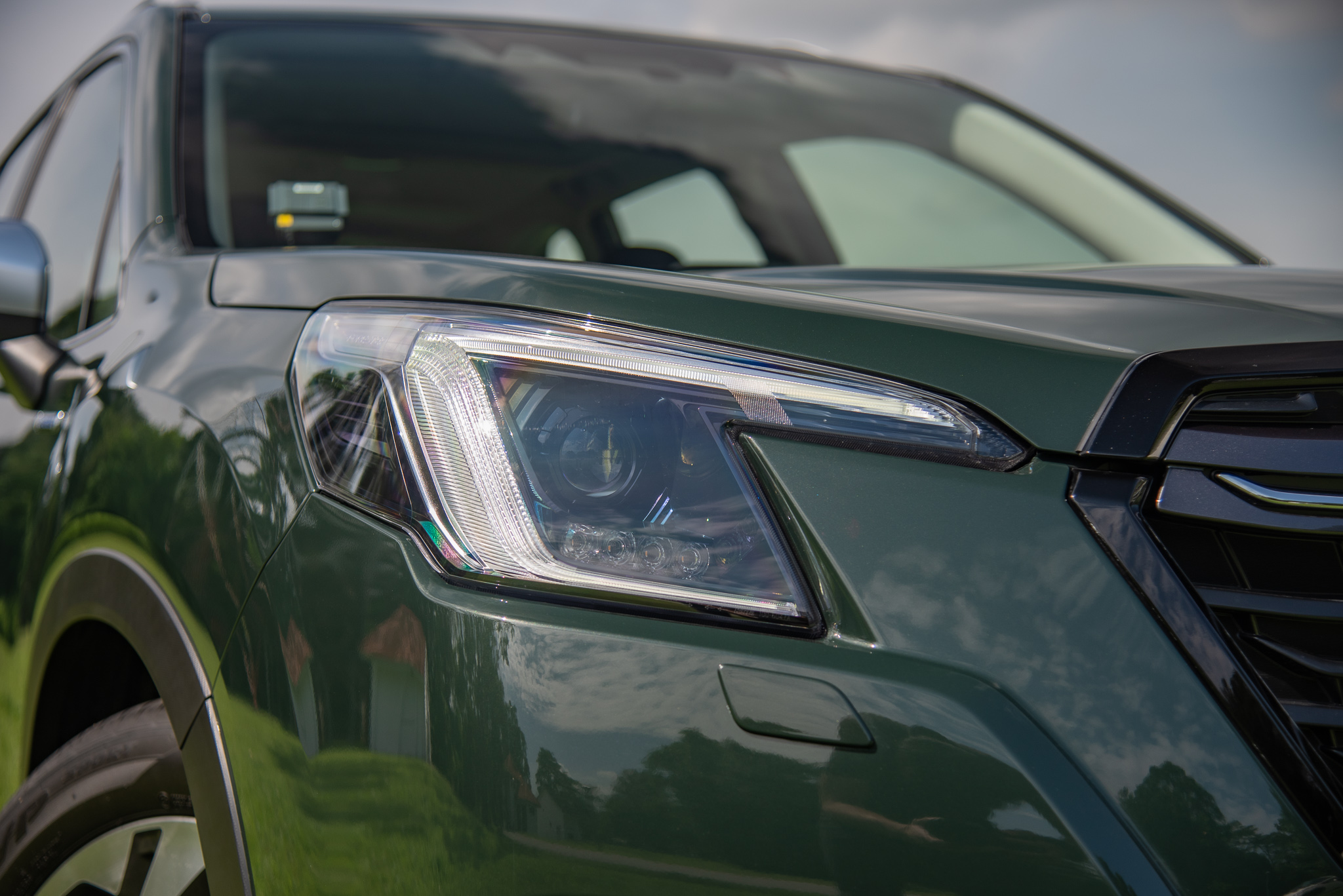
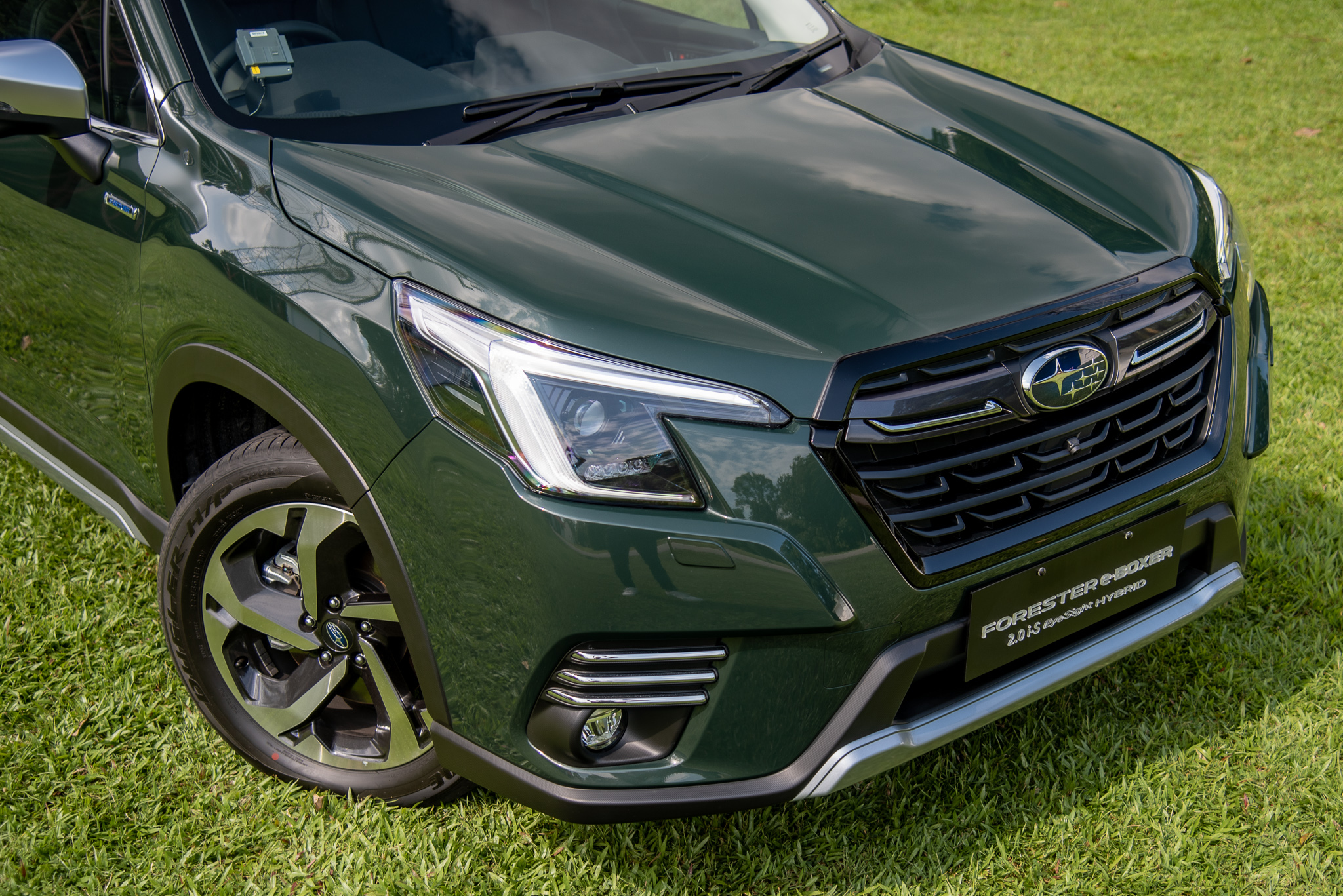
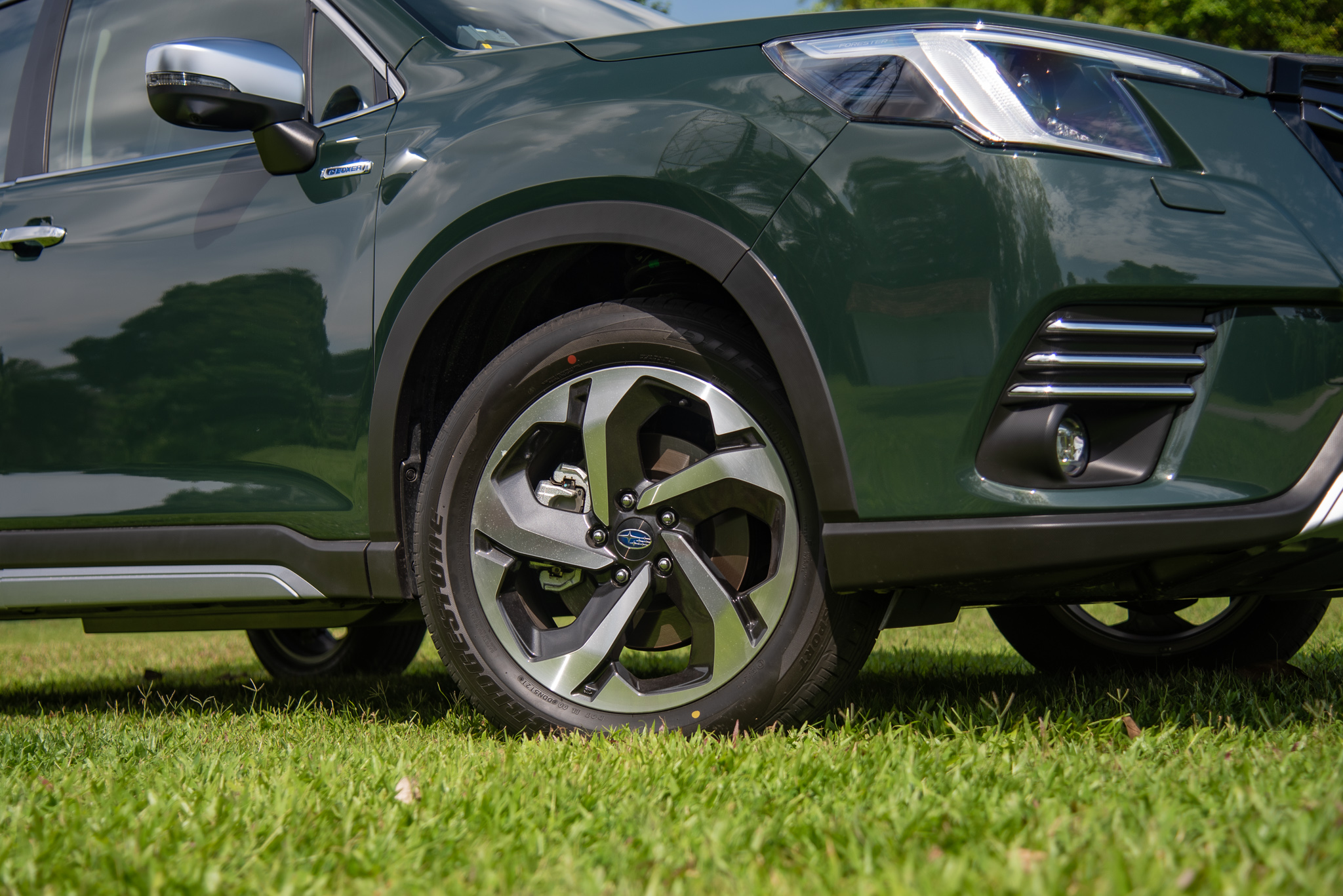
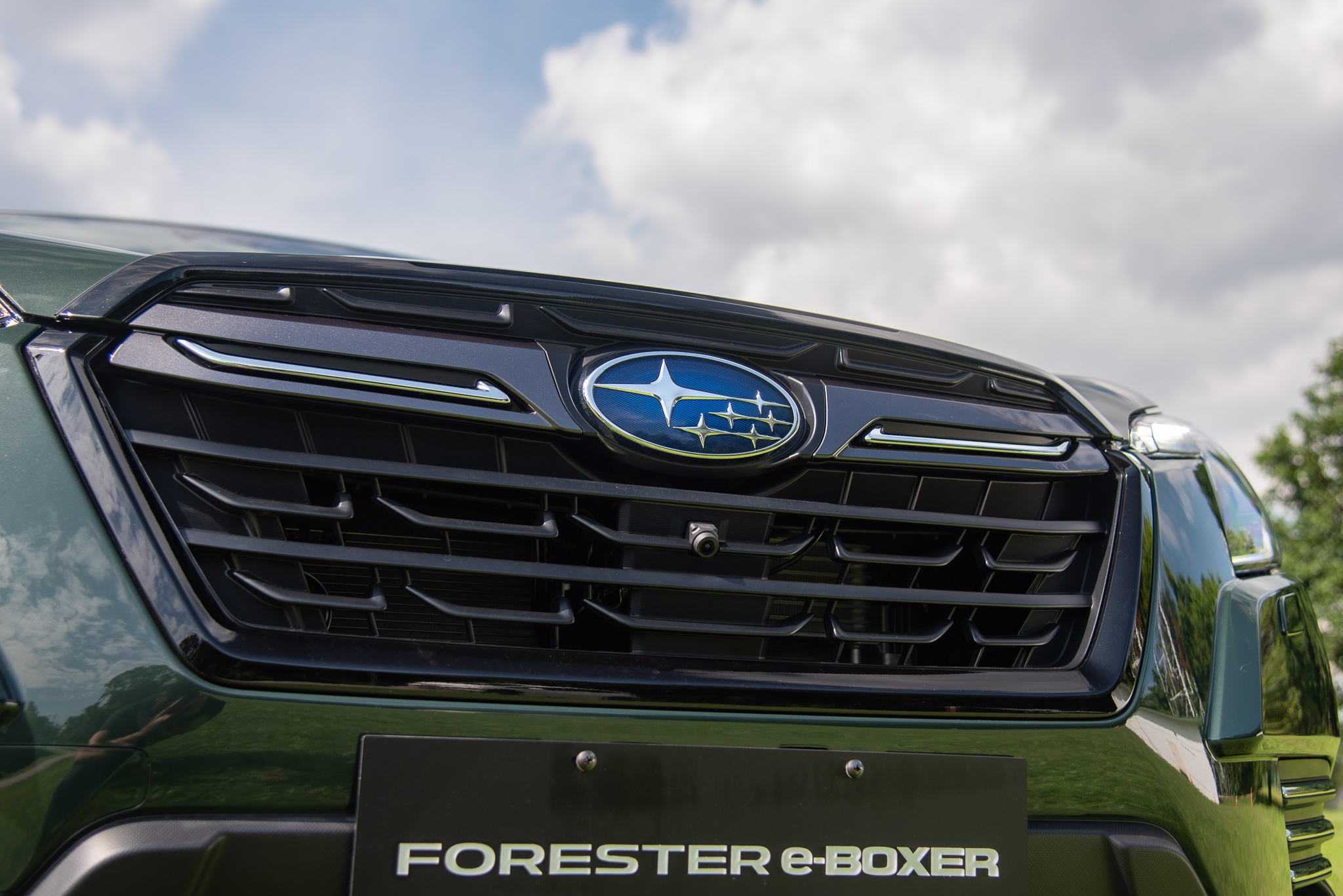
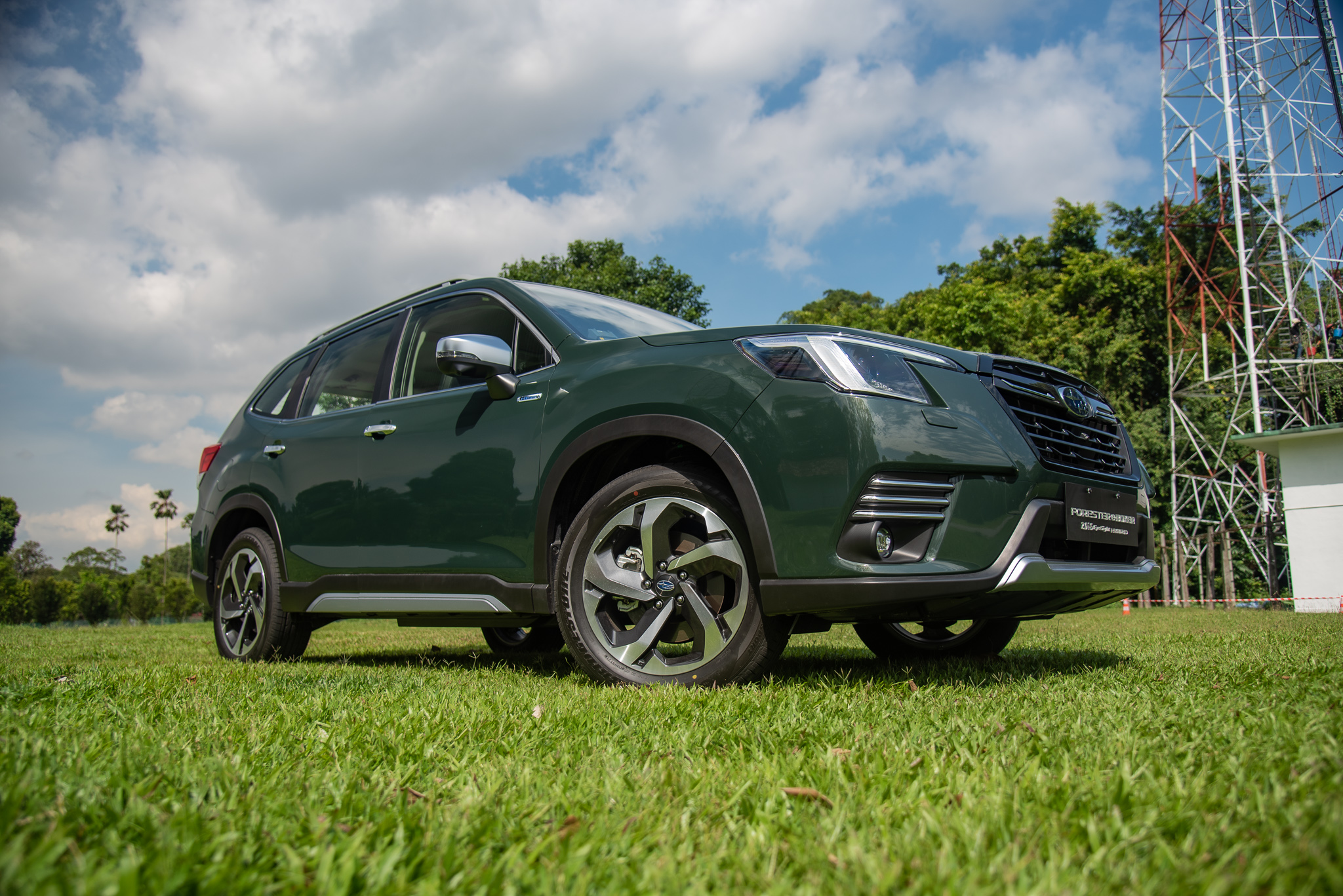
2022 Subaru Forester e-Boxer 2.0i-S MHEV - What's new with the looks?
The front fascia, which was once decked out with lashings of chrome around the grille and lower bumper, now sees the addition of black veneer across the grille. We’ve seen manufacturers steer away from chrome in favour of gloss black, and the new Forester is not exempt from this trend. The grille itself has been restyled, along with the bumper and fog lamp surrounds. But the most prominent change to the Forester’s looks are the more angular headlamps, which are vaguely reminiscent of the headlights we’ve seen on several late model Subarus like the Levorg or WRX.
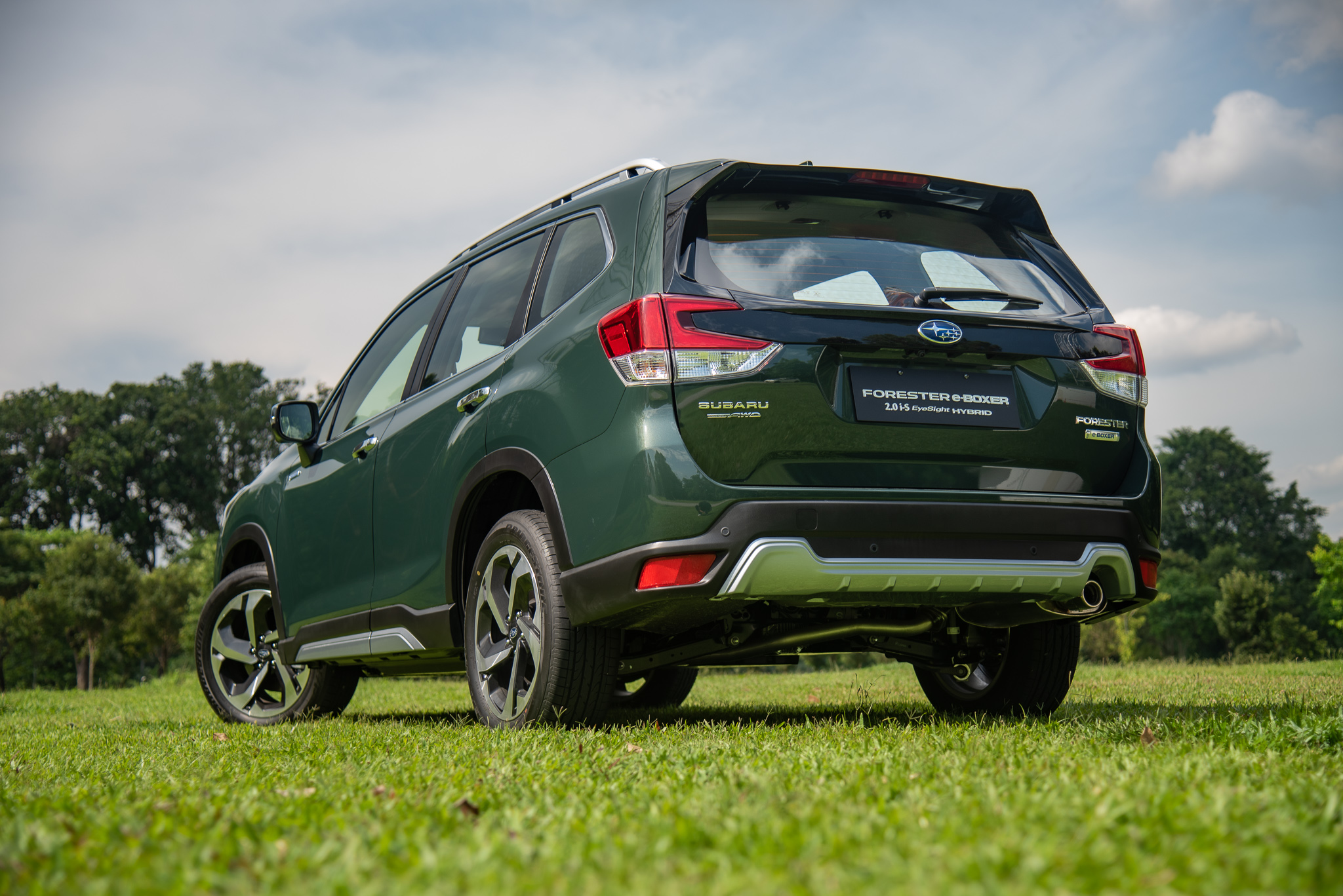
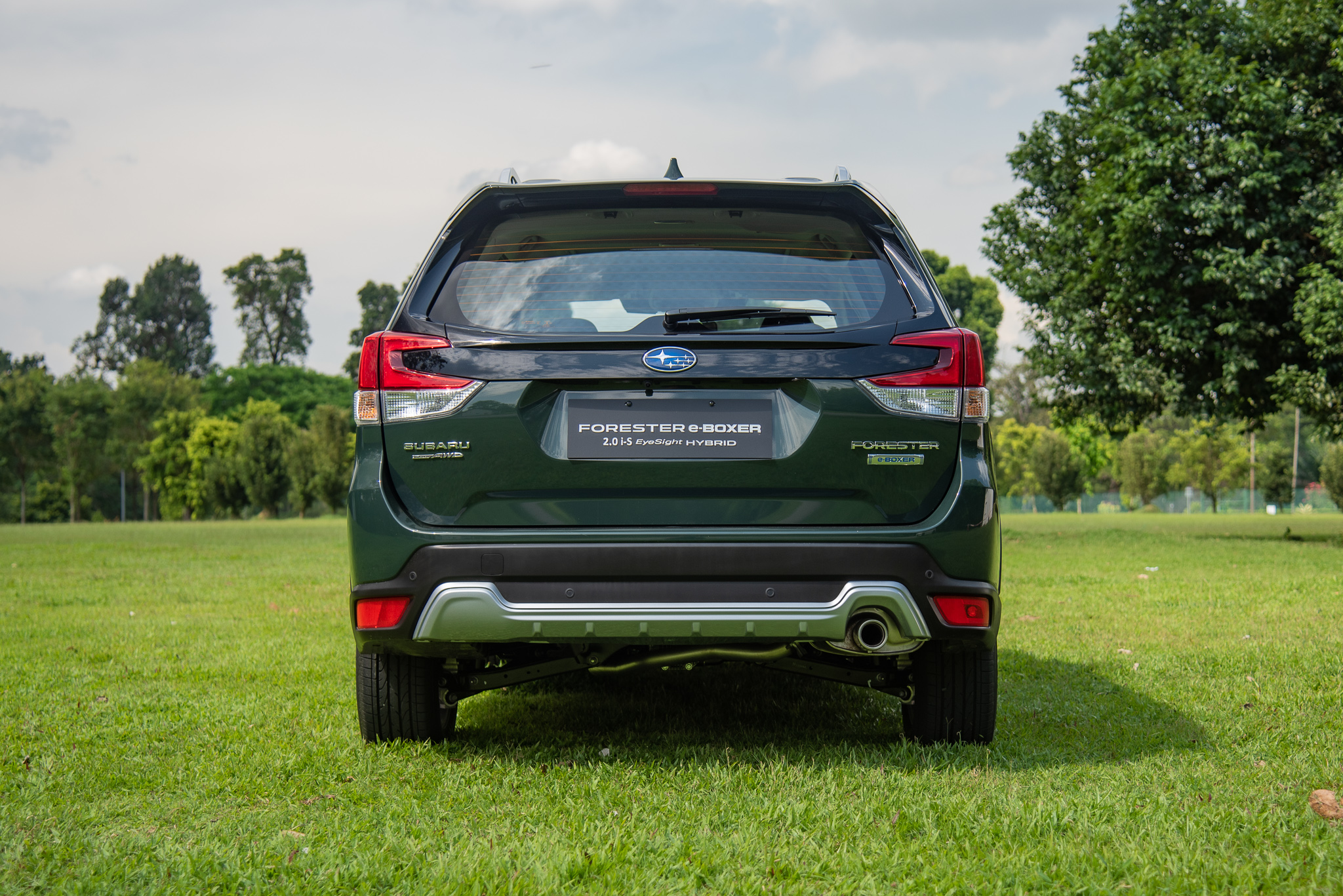
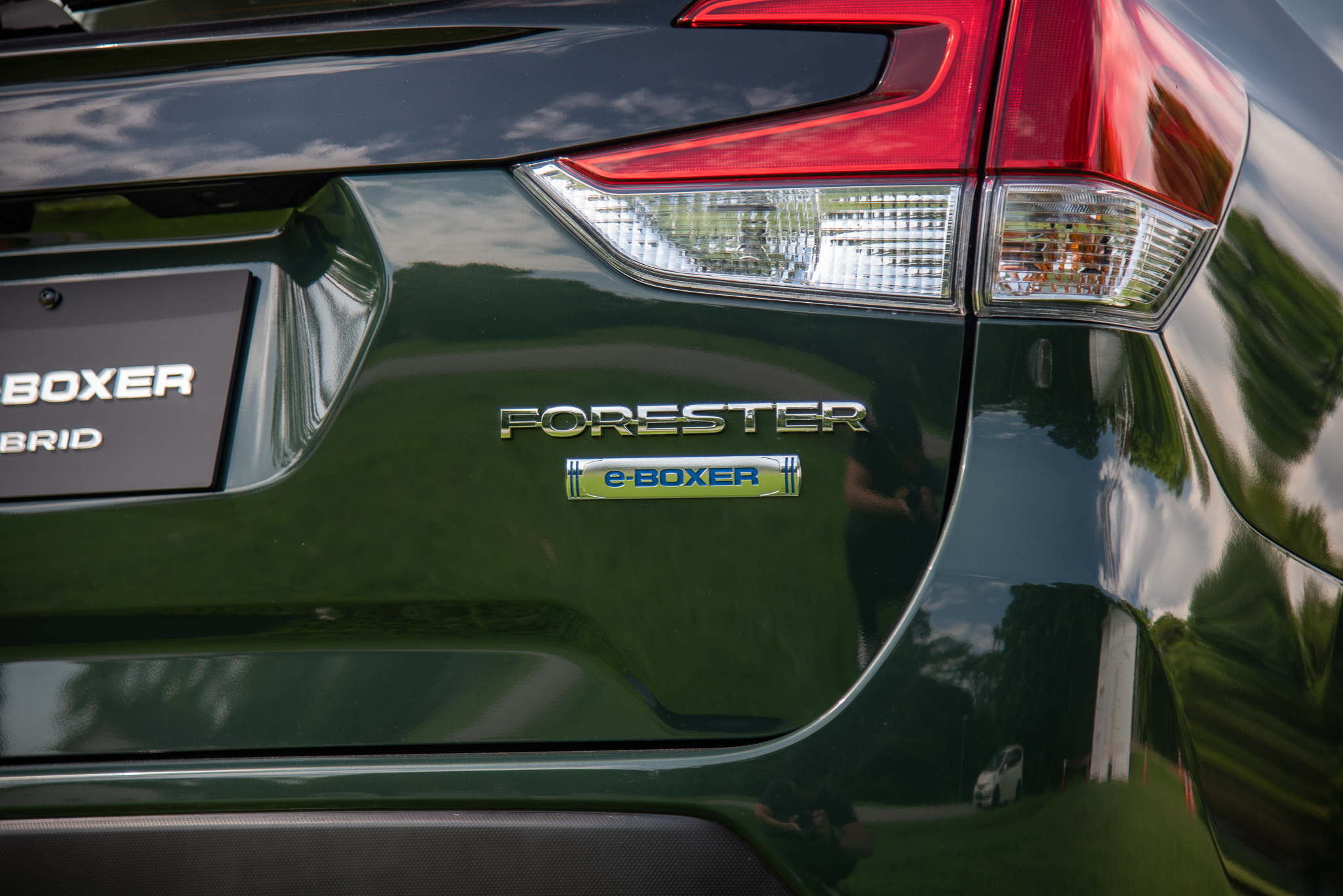
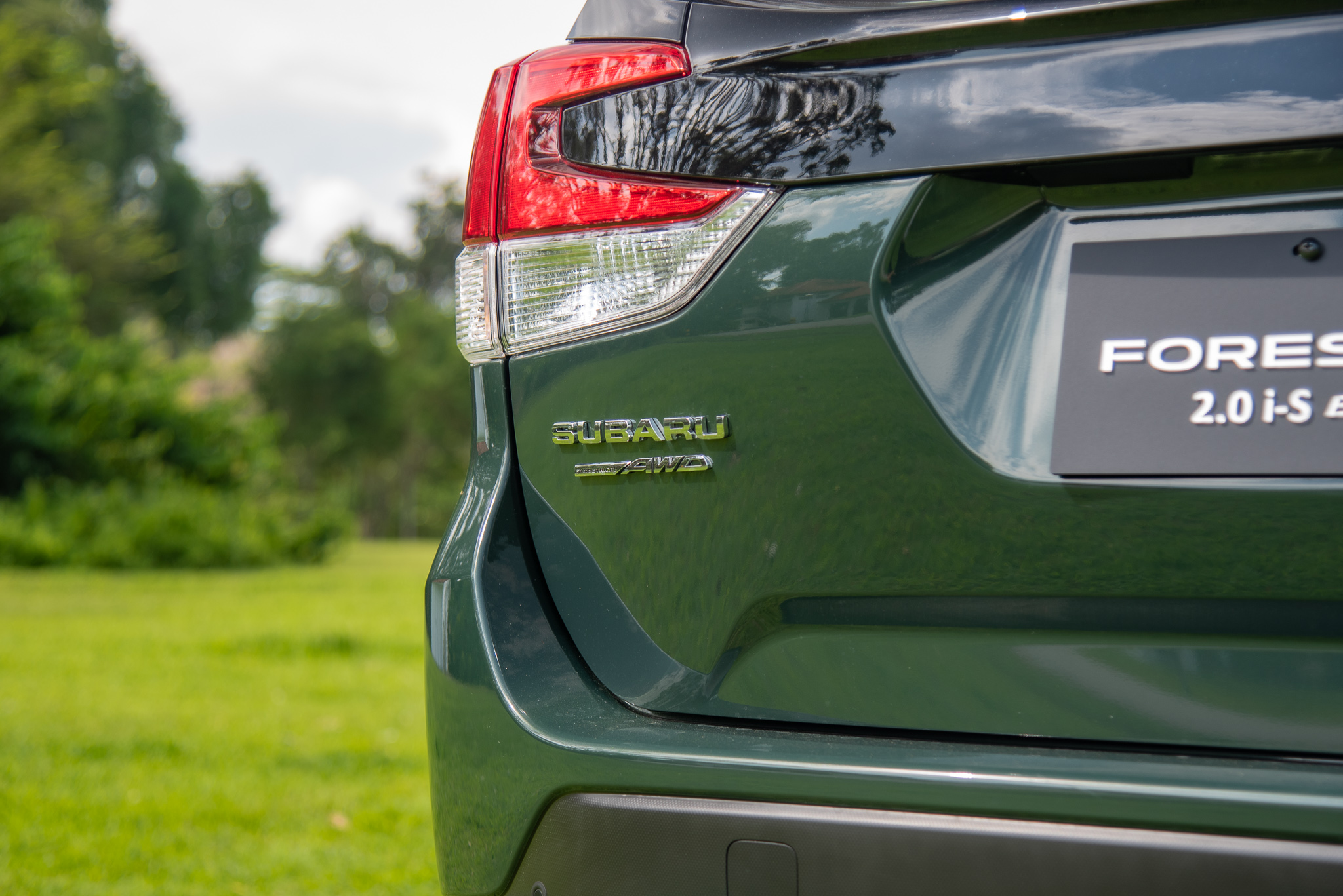
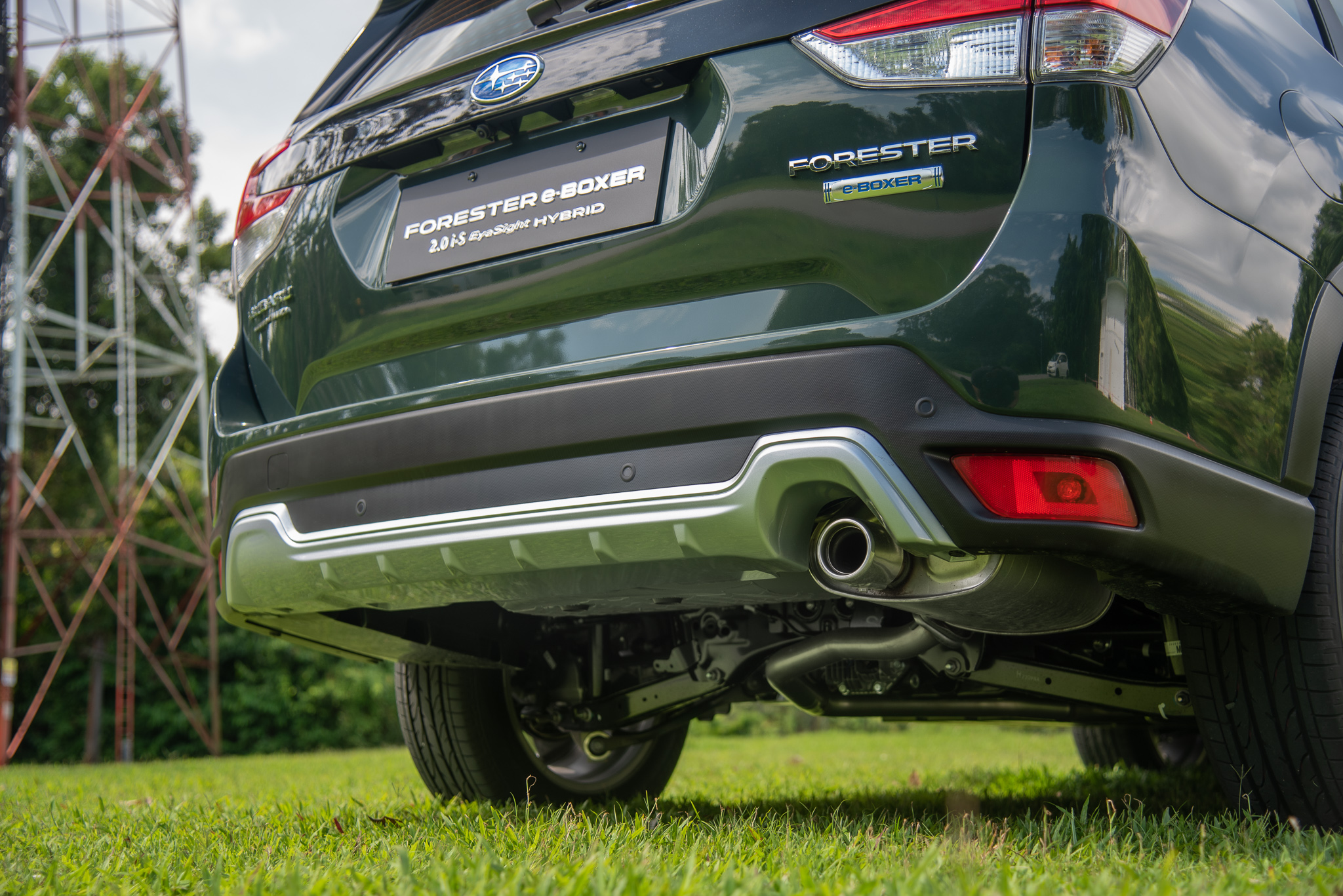

It’s round the back where things get a little more familiar, with mildly restyled tail lamps and a slightly tweaked rear bumper. Our test car also came fitted with a gloss black panel between the tail lights. Otherwise, it’s only when you squint and notice the little “e-BOXER” badge that you’d be able to tell that it’s the newer model. Or perhaps if you spot one in Subaru’s Autumn Green Metallic or Brilliant Bronze Metallic paint schemes, or in our test car’s Cascade Green Silica paintwork.
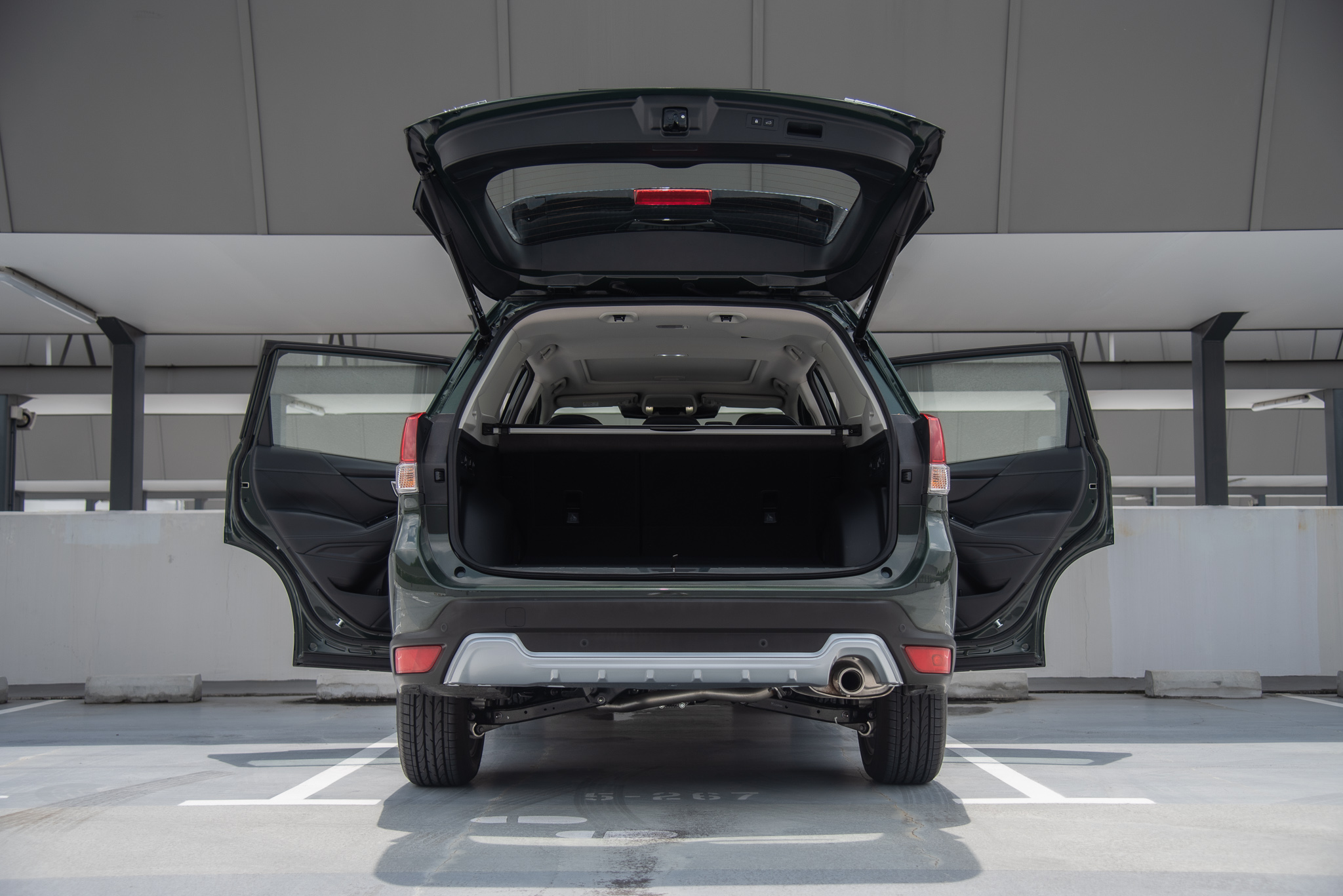
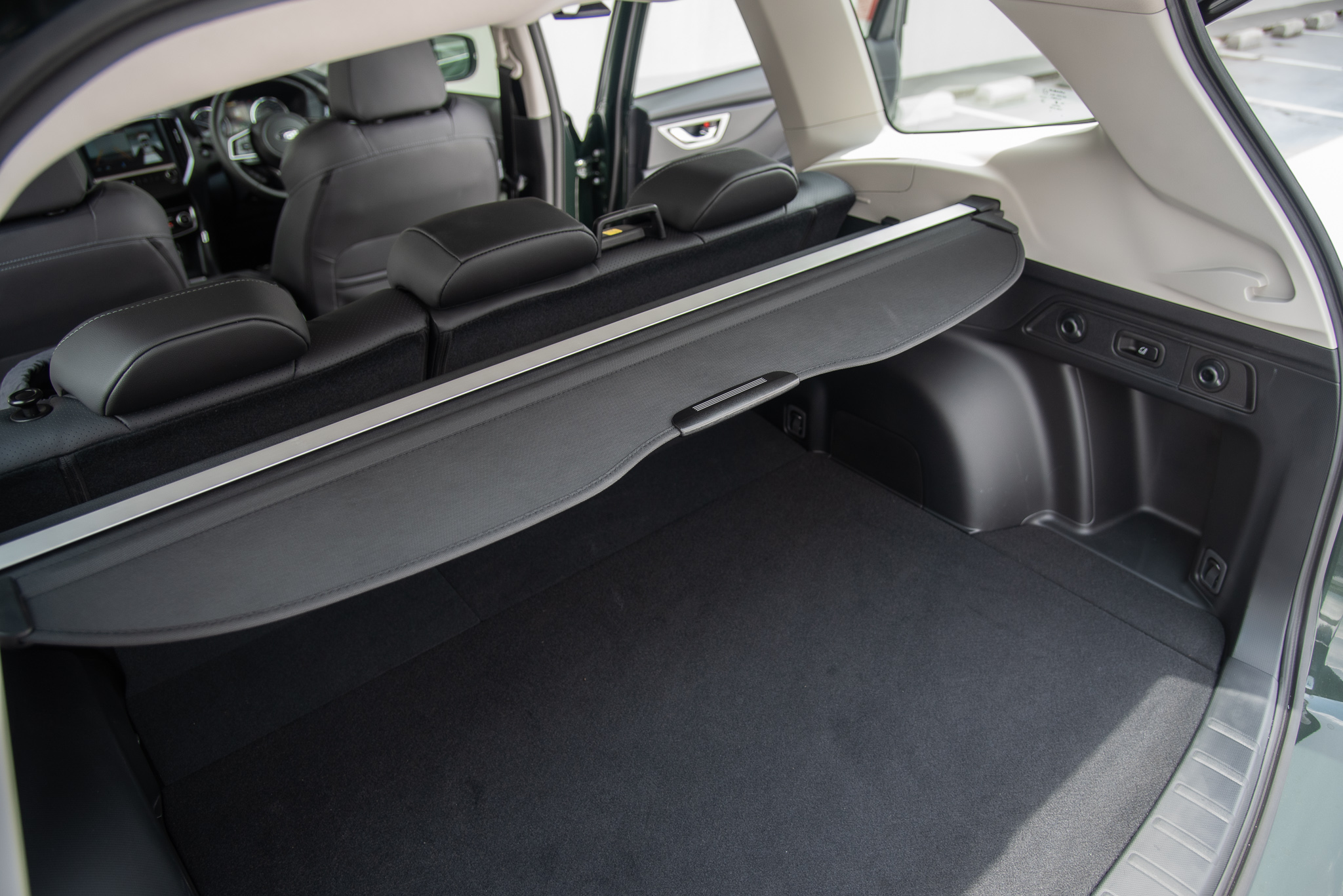
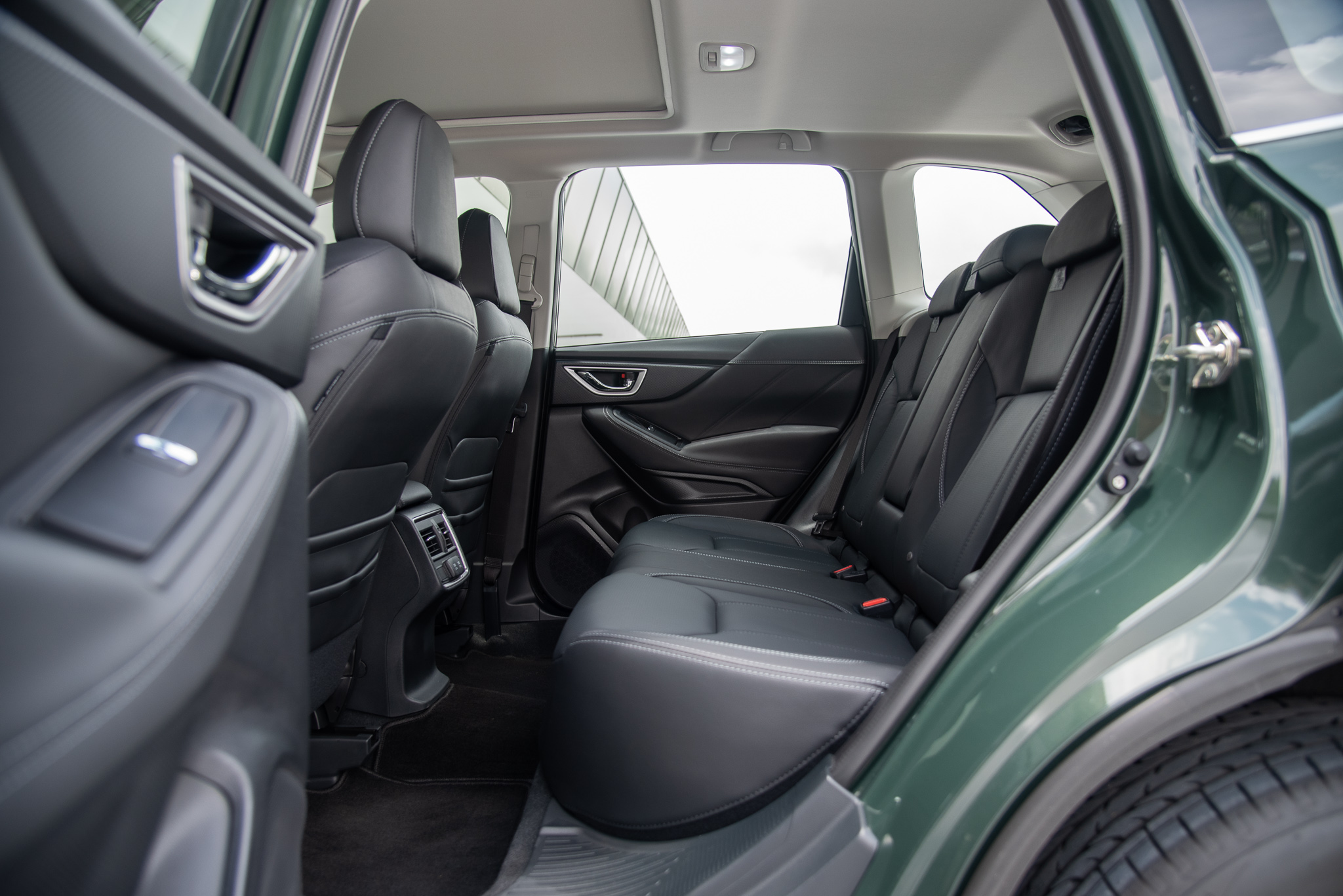
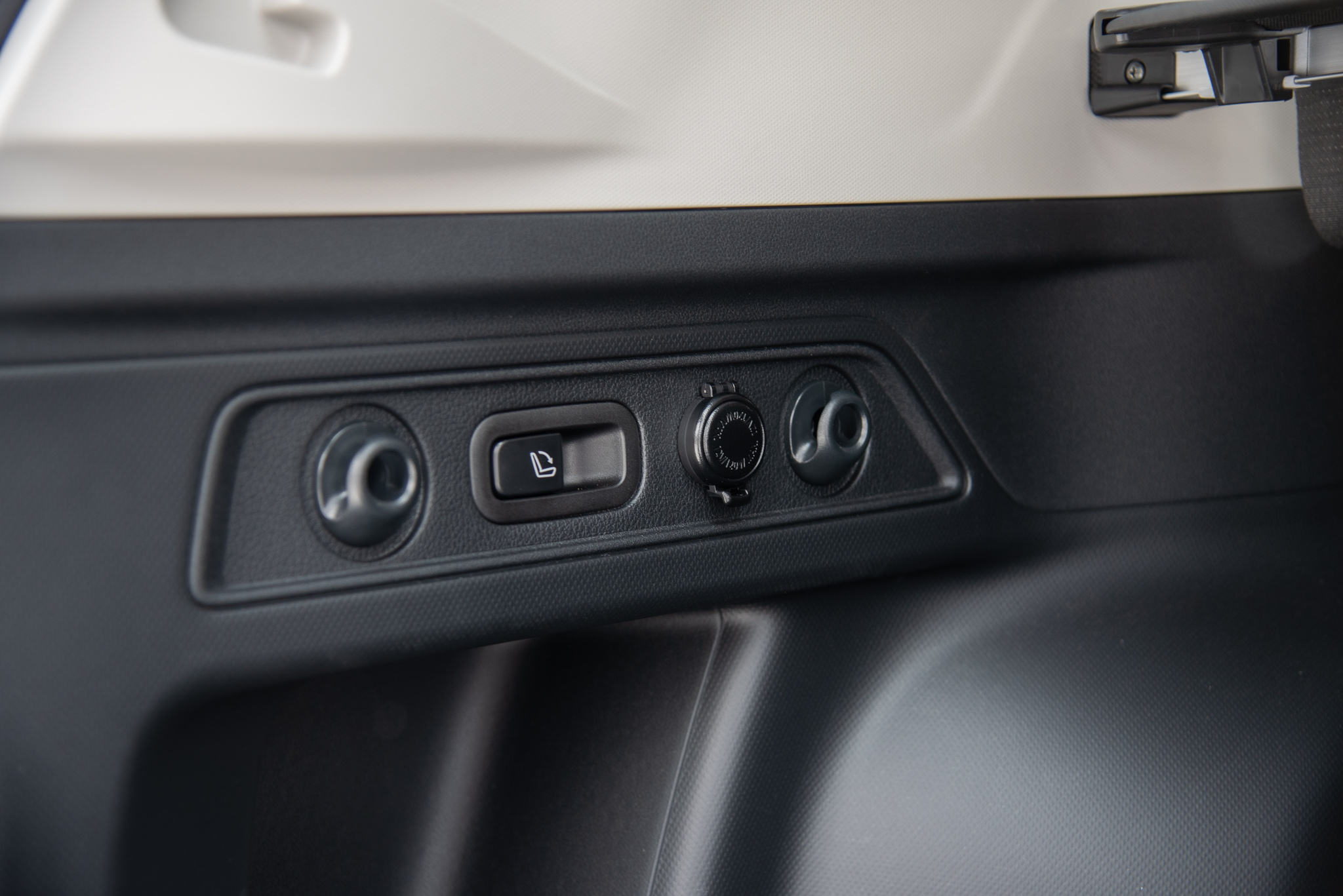
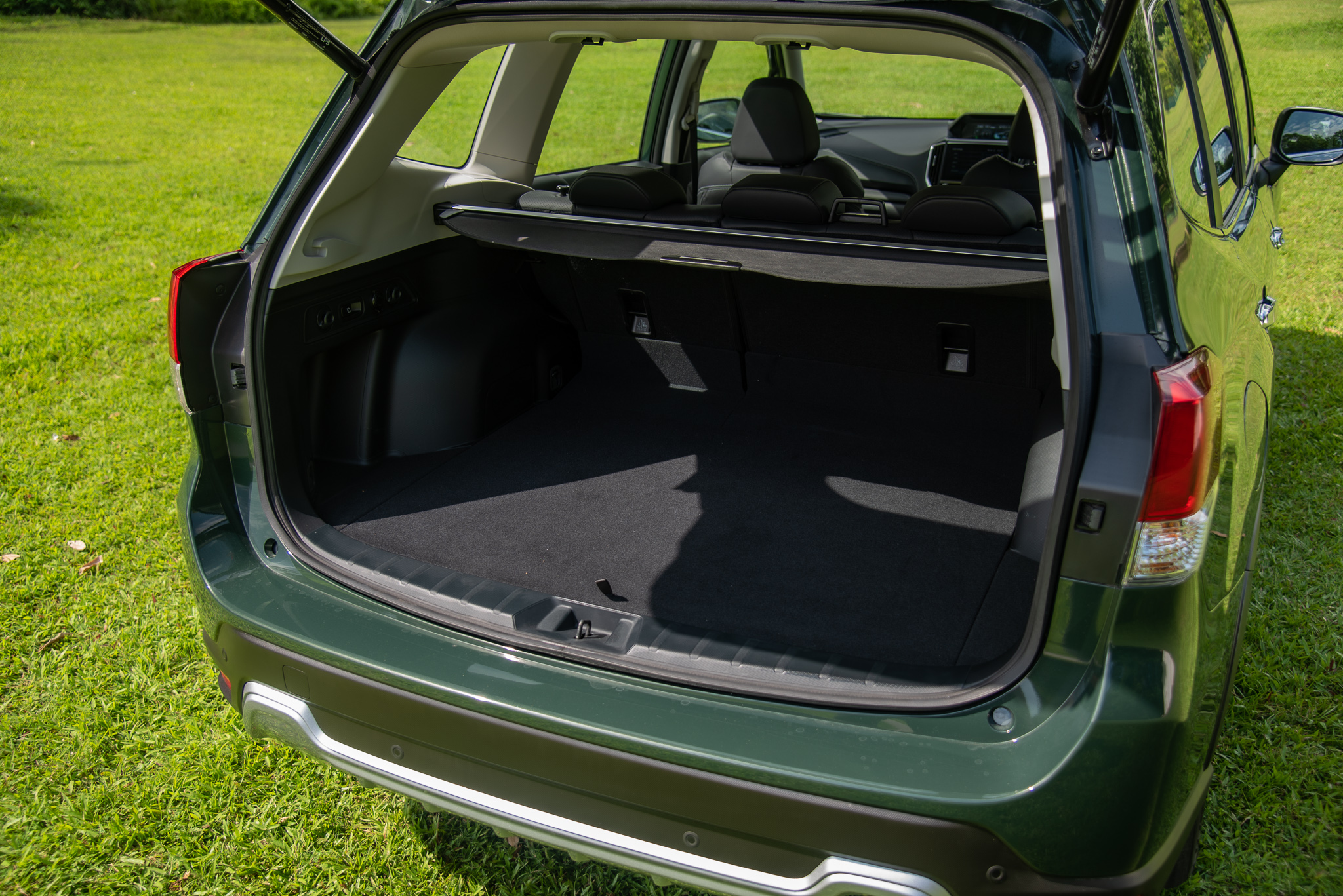
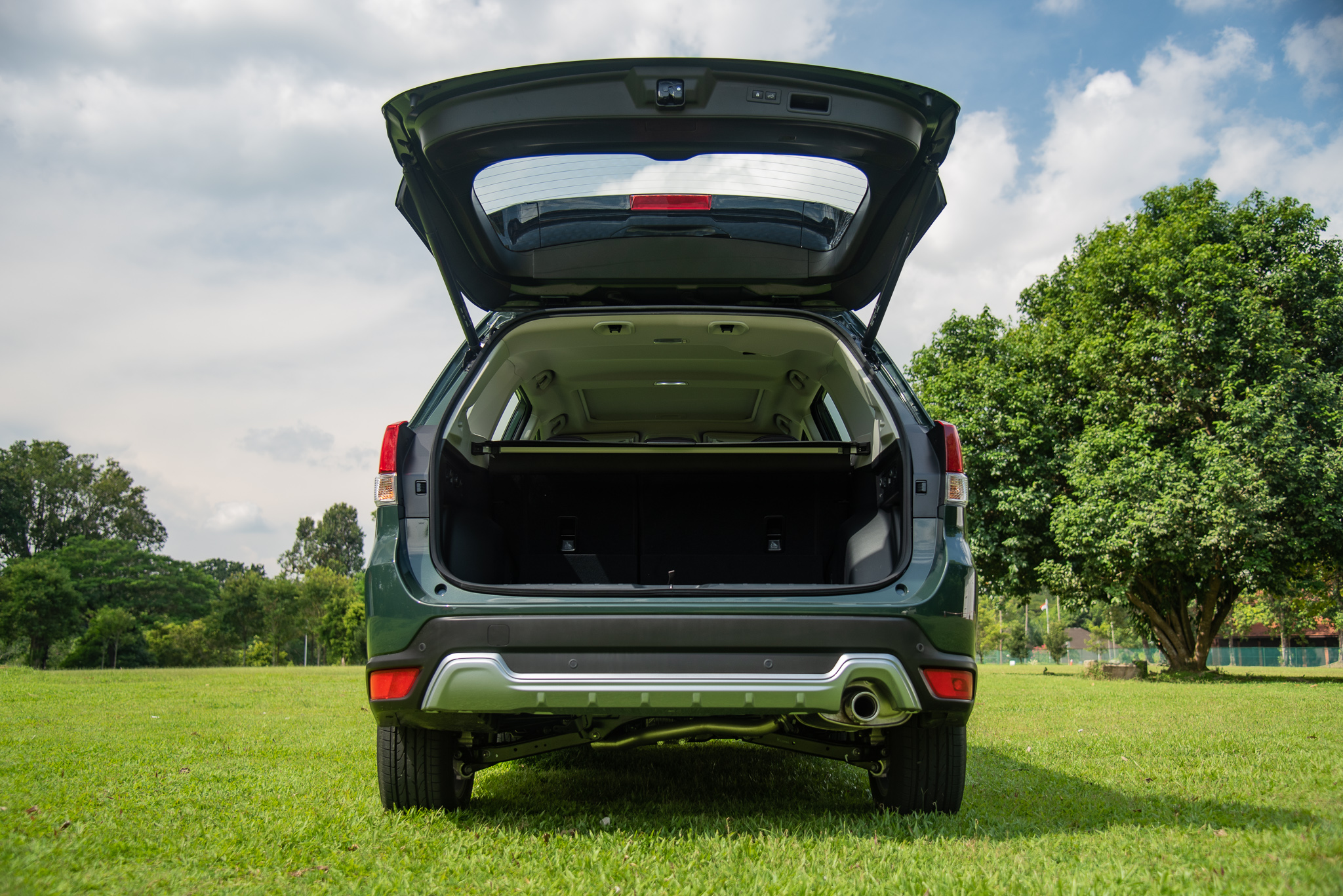
But the similarities do mean that this new Forester has near identical dimensions to its pre-facelift model. It’s a meagre 15mm longer at 4640mm, but its breadth and height remain the same at 1815mm and 1730mm respectively, if you’re wondering. This means that it retains its lofty cabin and generous 509-litre boot in the rear, with a foldable rear bench that expands that already cavernous boot to 1779 litres.
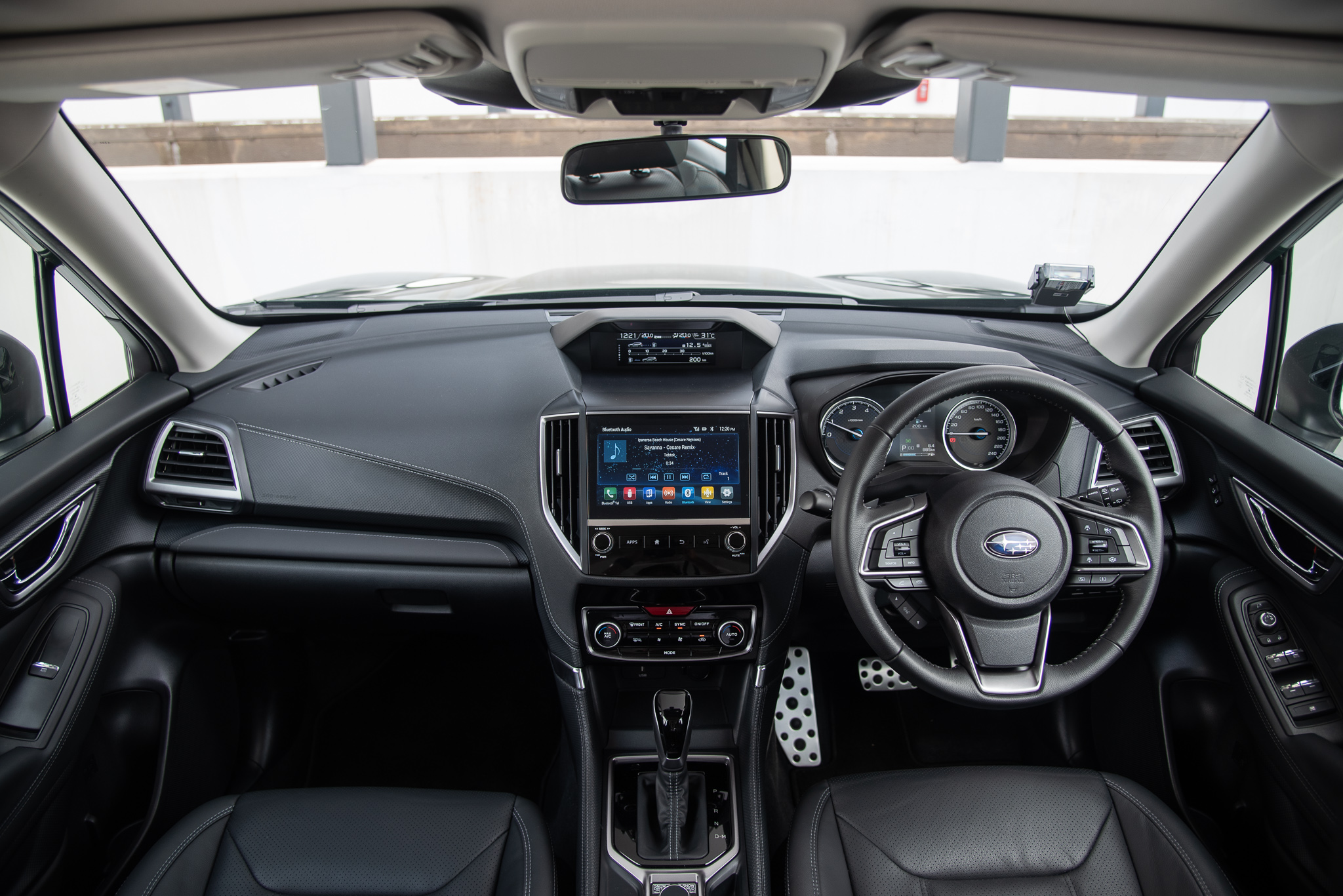
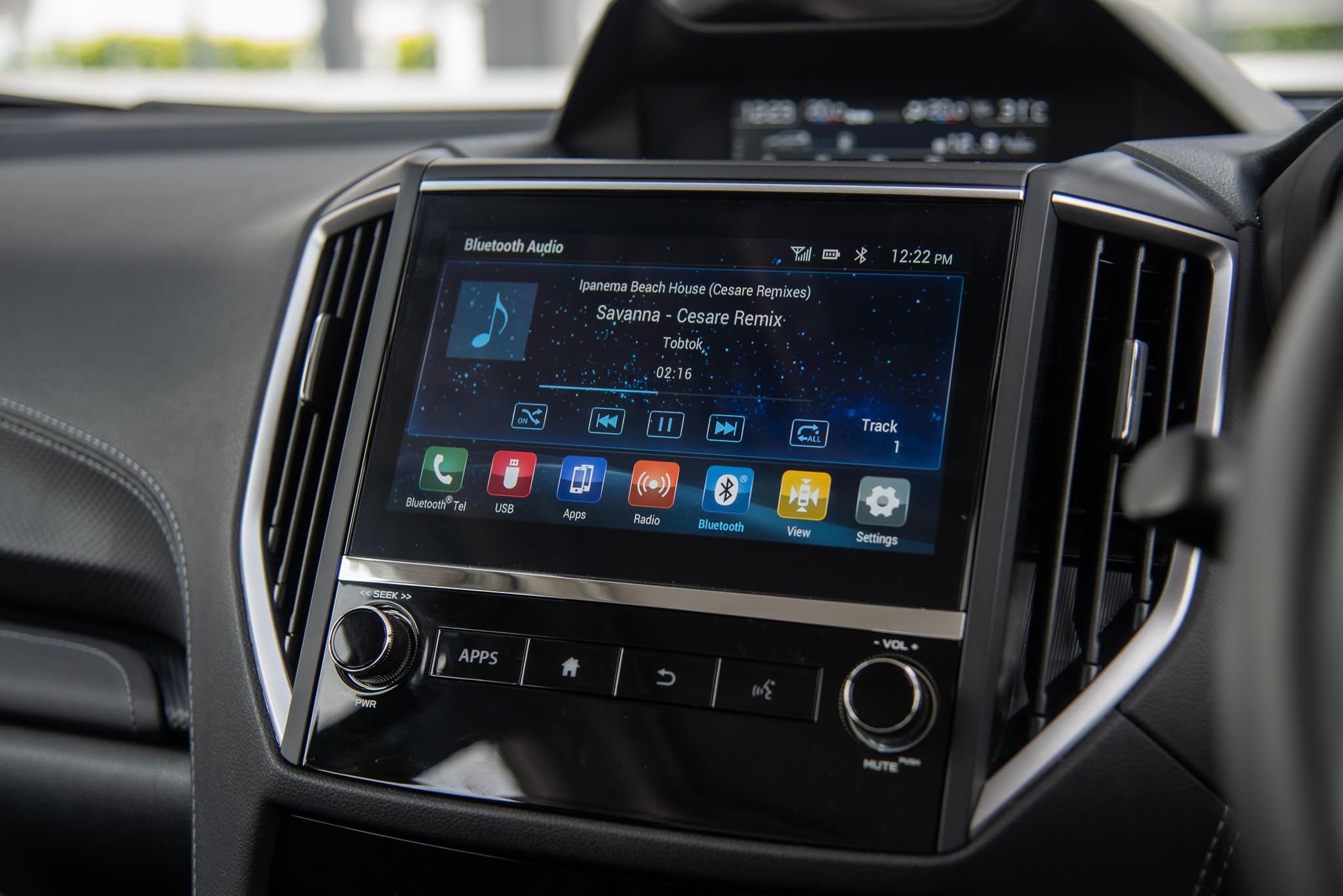
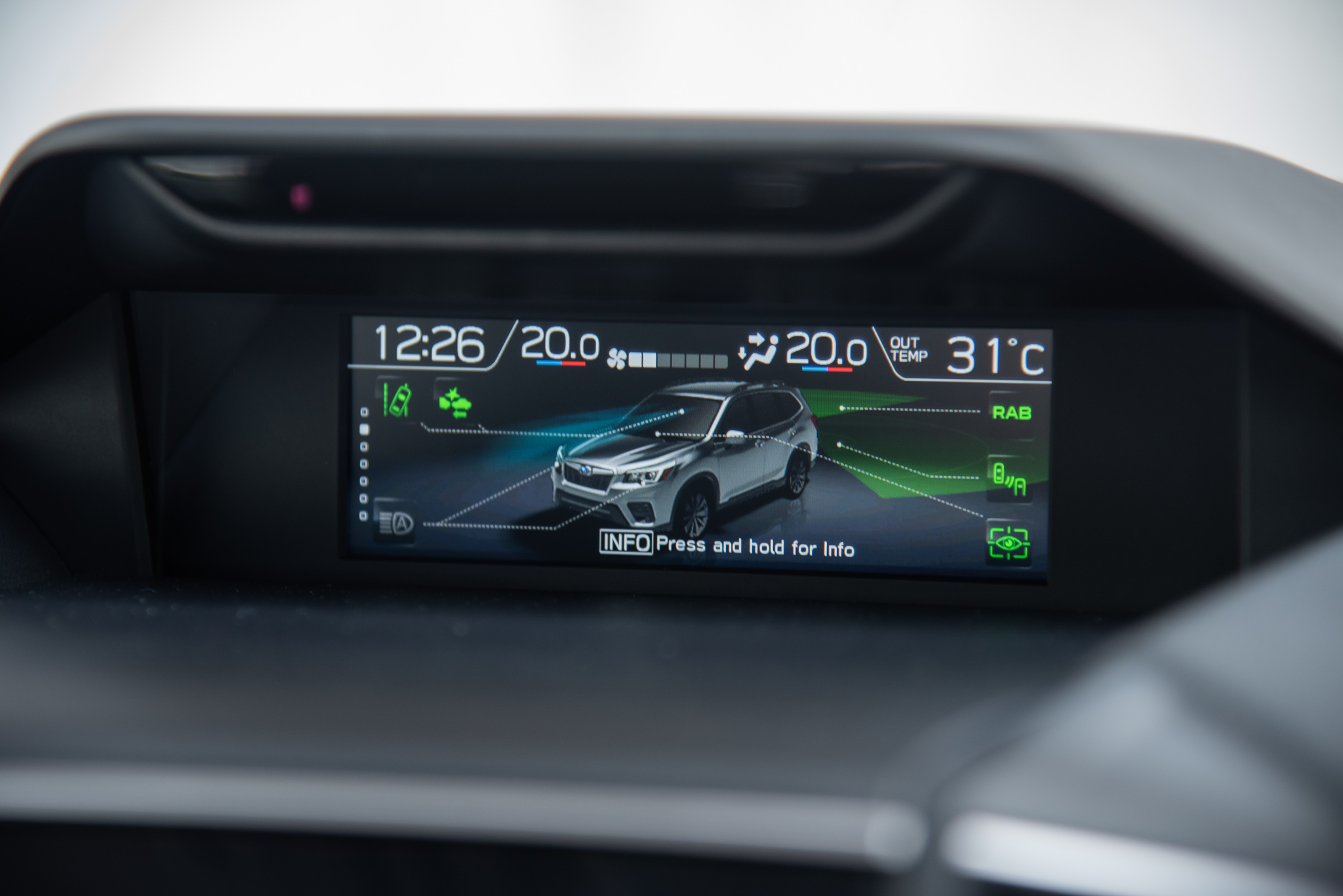
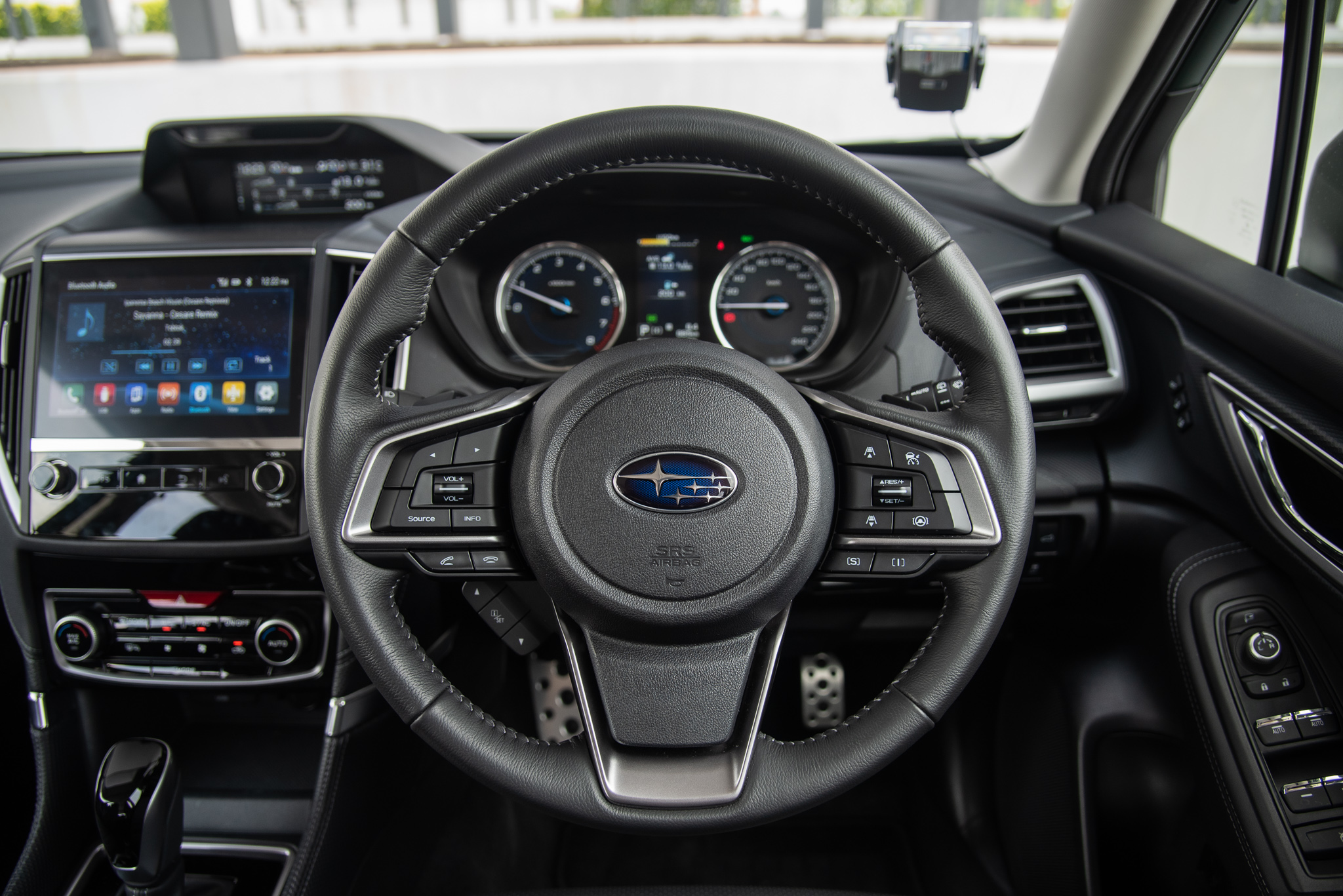
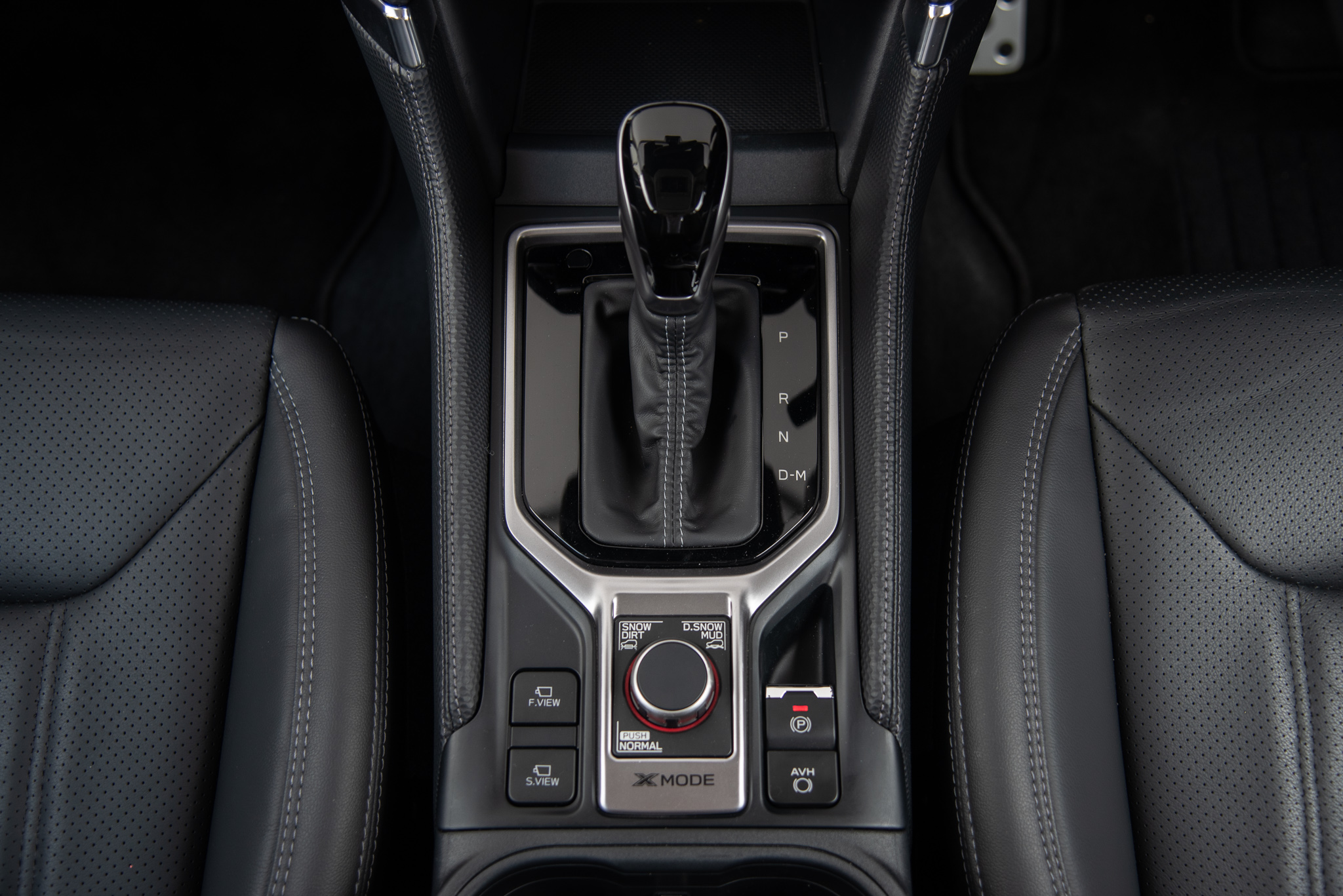
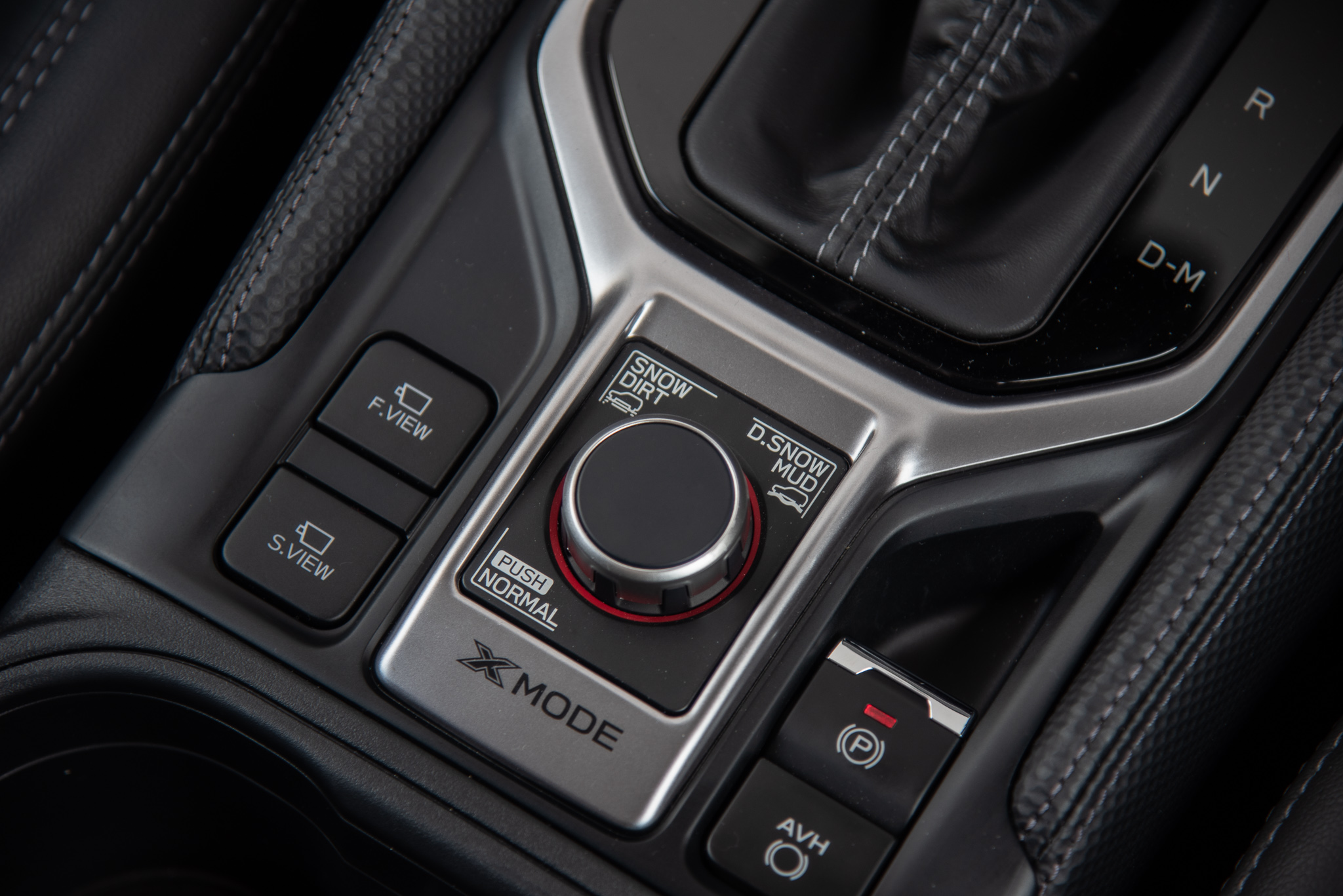
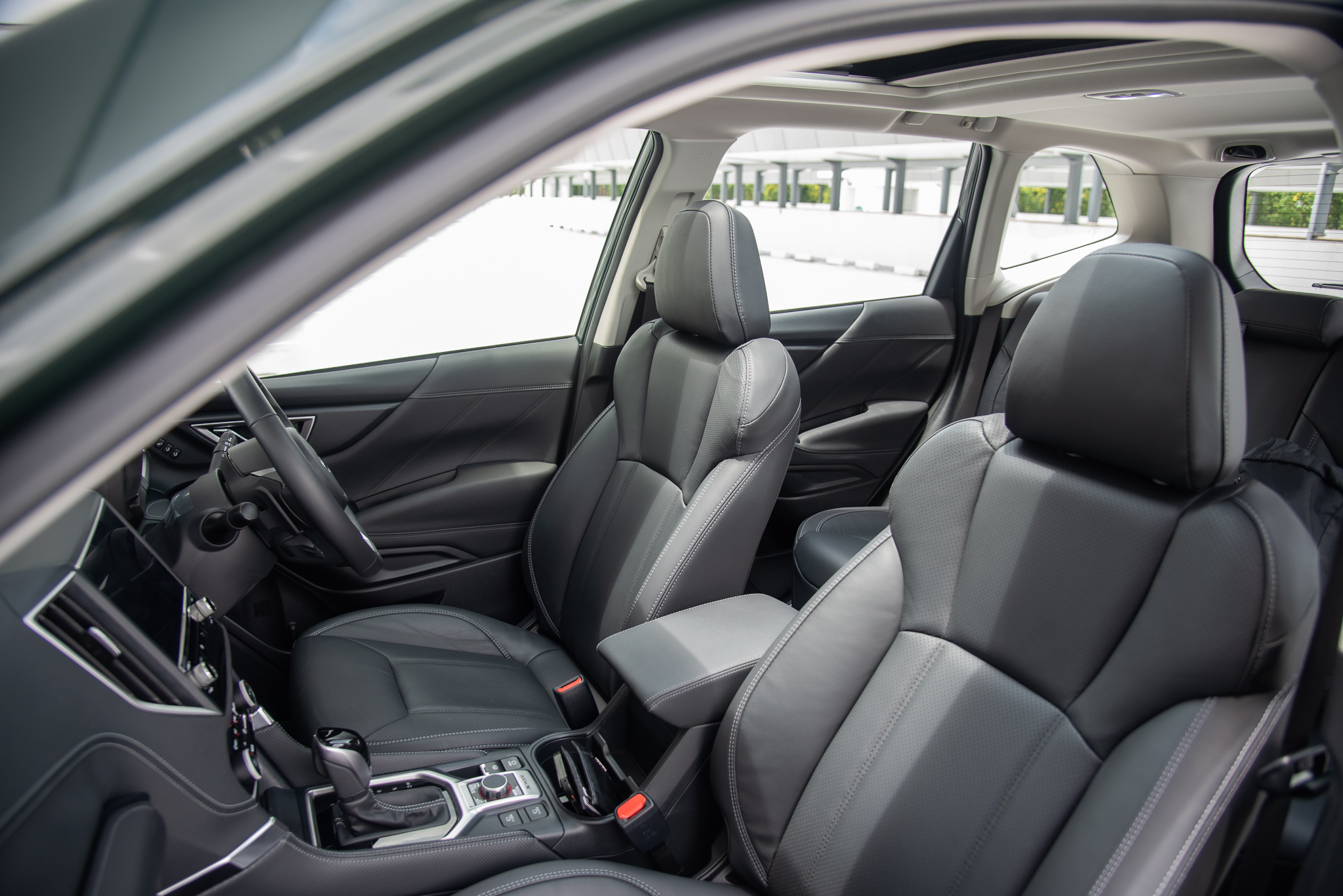
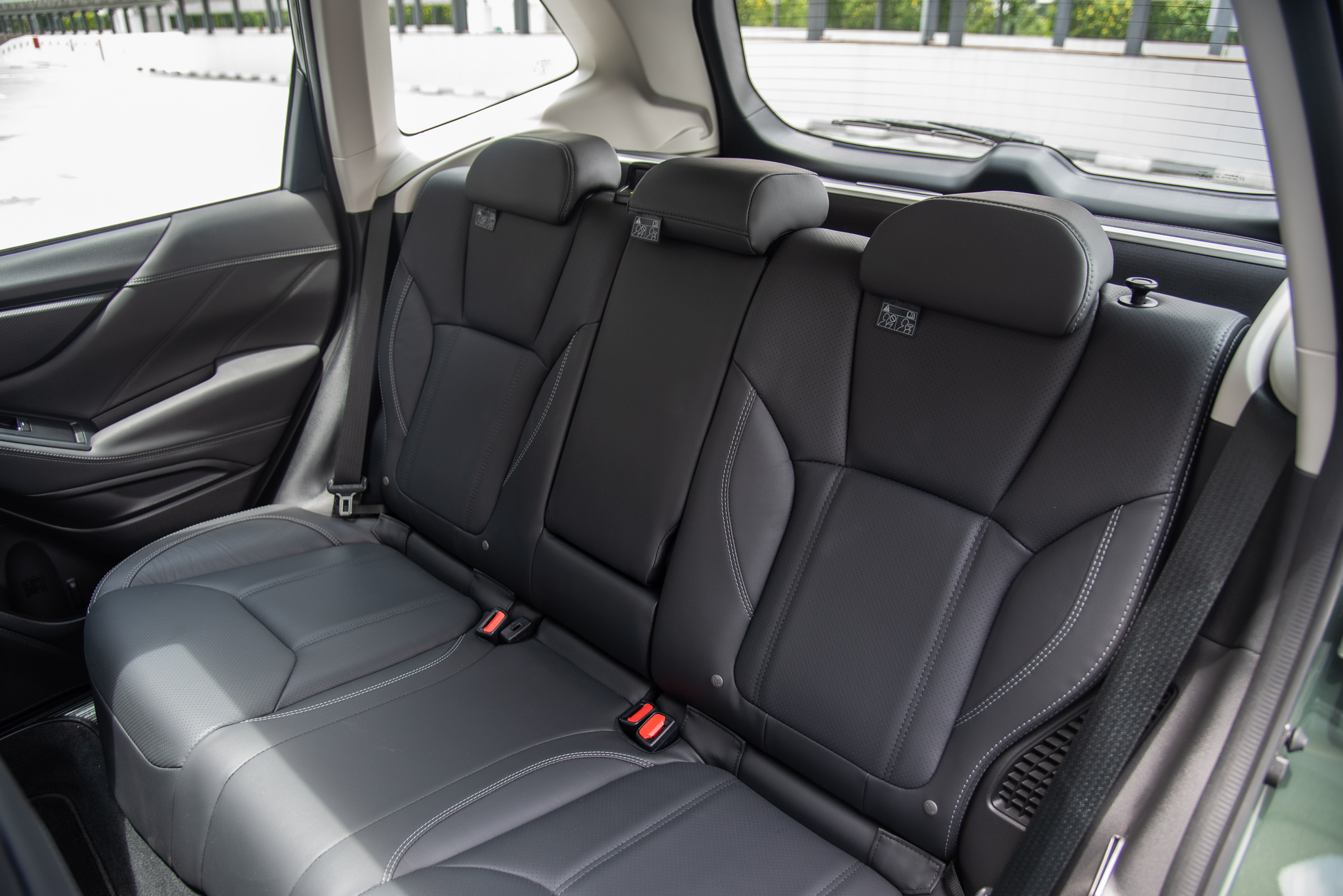
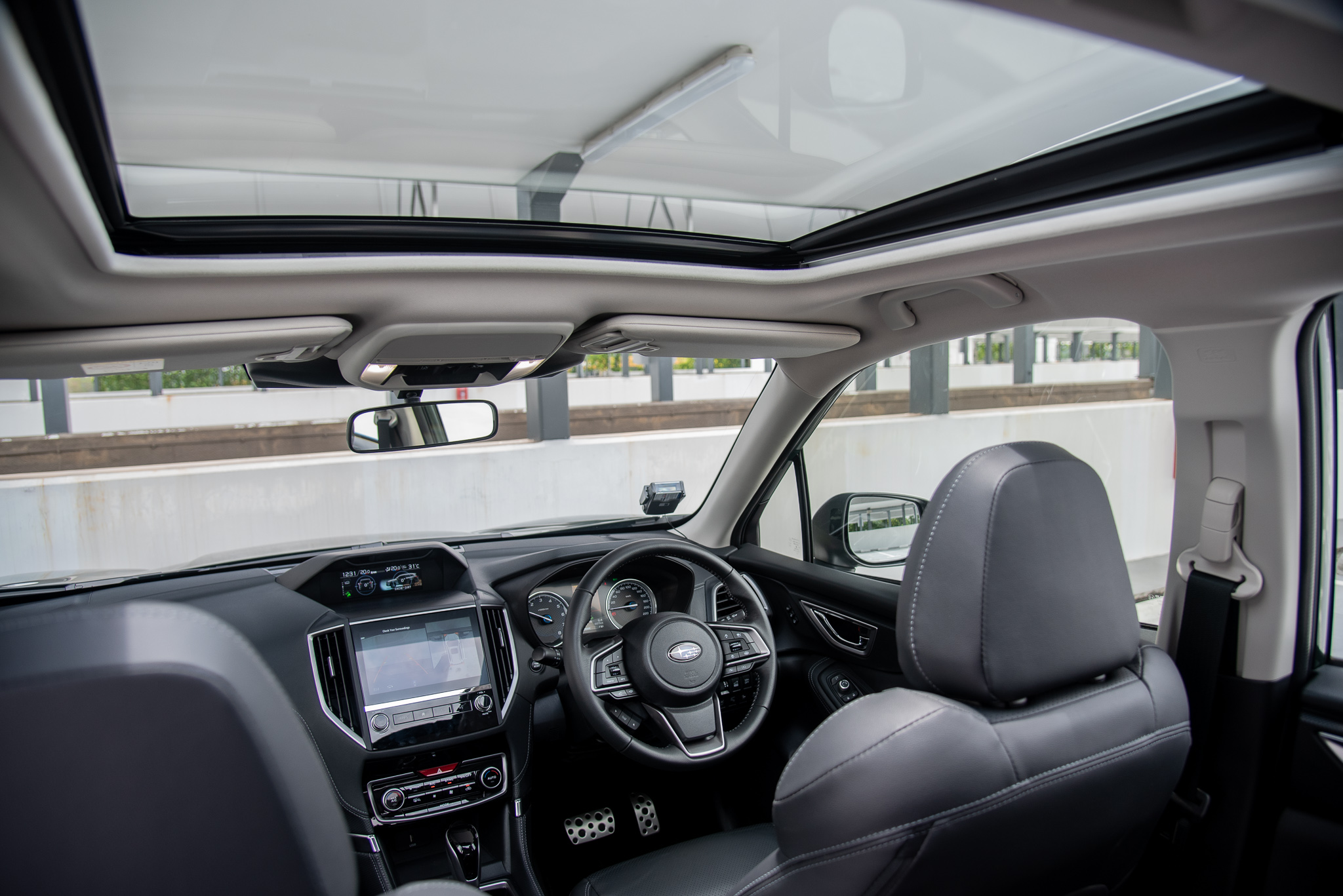
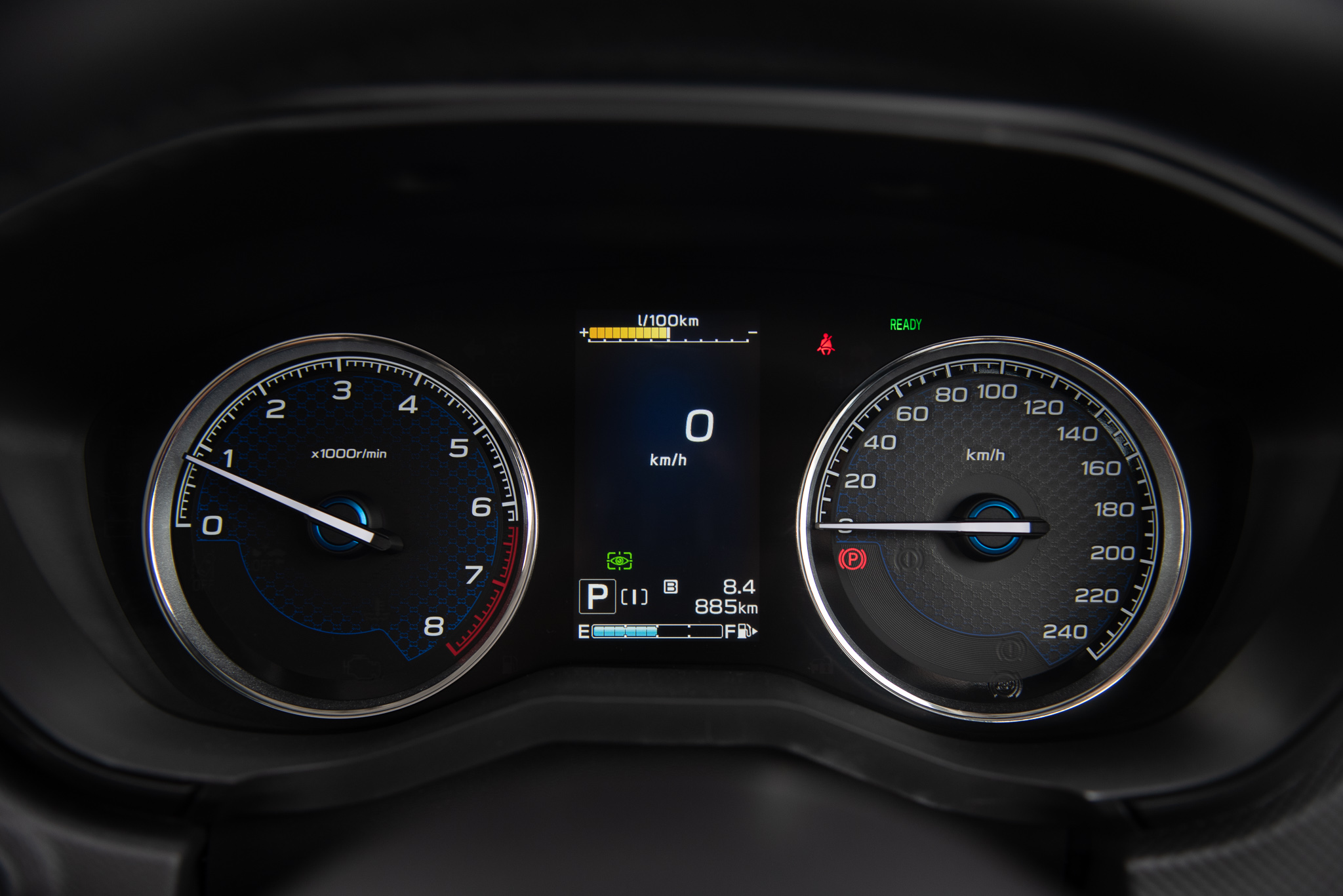
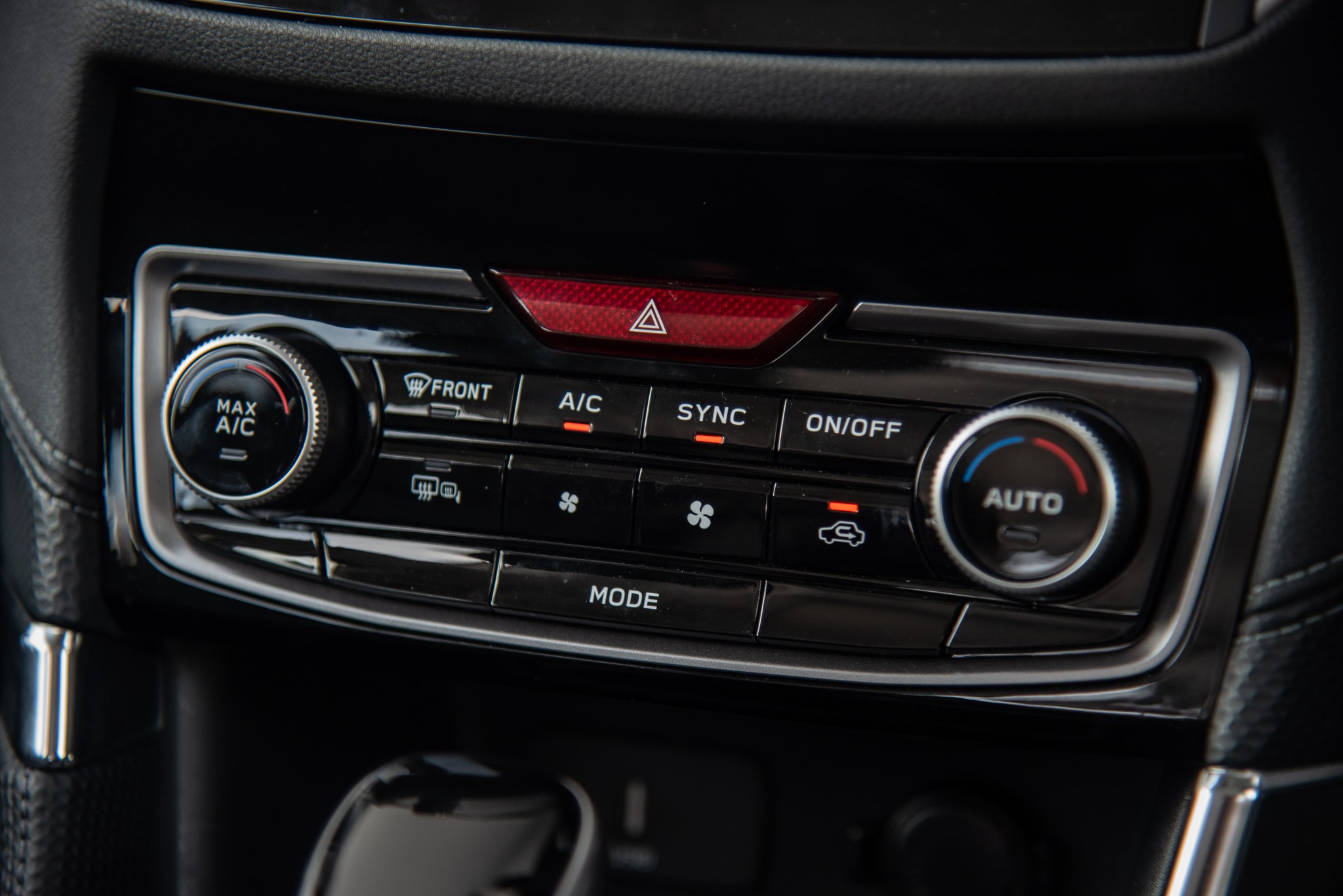
2022 Subaru Forester e-Boxer 2.0i-S MHEV - What's it like inside?
In the cabin, the changes are minimal but noteworthy. The layout of the cabin is a dead ringer for its previous iteration, but it now sees an updated head unit and the addition of a gesture control sensor for the air conditioning system (wave your hand up or down to control the temperature). The gauges, gear lever and steering wheel have been carried over from the previous car, as well as the X-Mode dial on the centre console and secondary screen nestled in an alcove in the centre of the dash.
The infotainment system supports both Apple and Android screen mirroring, but navigating through its native menus reveals its age. Similarly, the 360-degree camera system does provide a decent exterior view of the car’s surroundings, but it feels a step behind the competition where image clarity is concerned. A little antiquated, but more than adequate.
But these idiosyncrasies pale in comparison when one considers the wealth of safety features Subaru has bestowed upon the Forester.
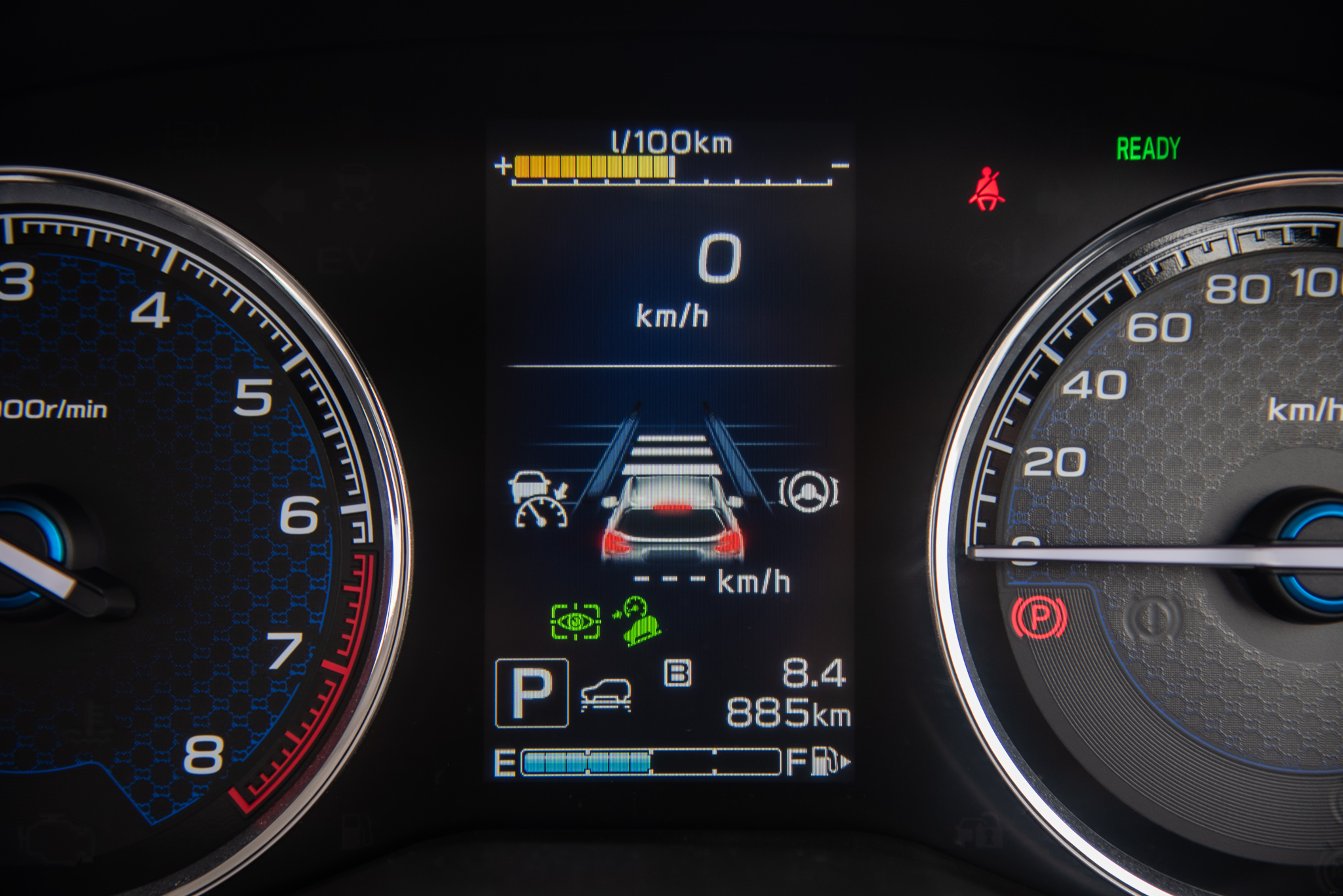
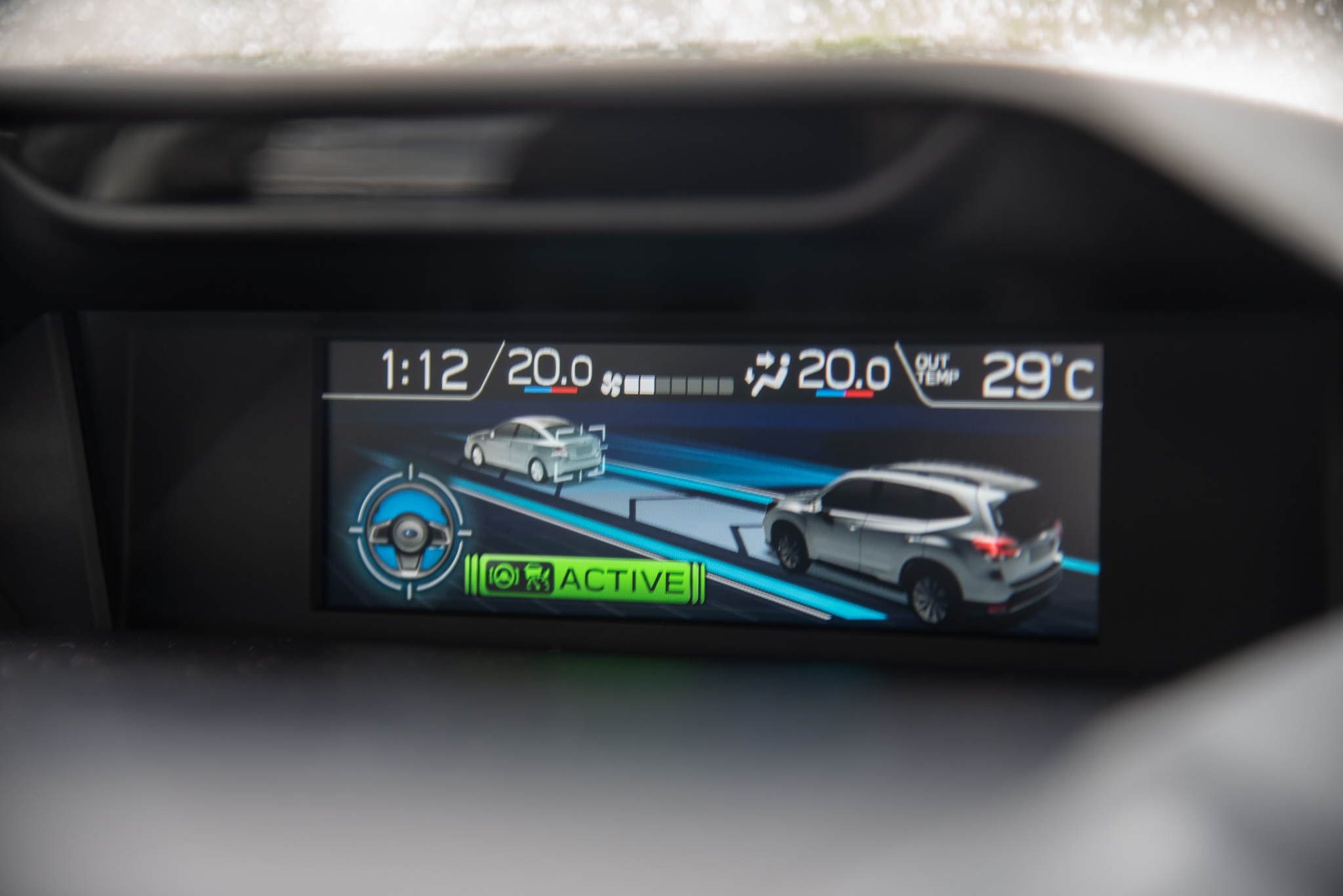
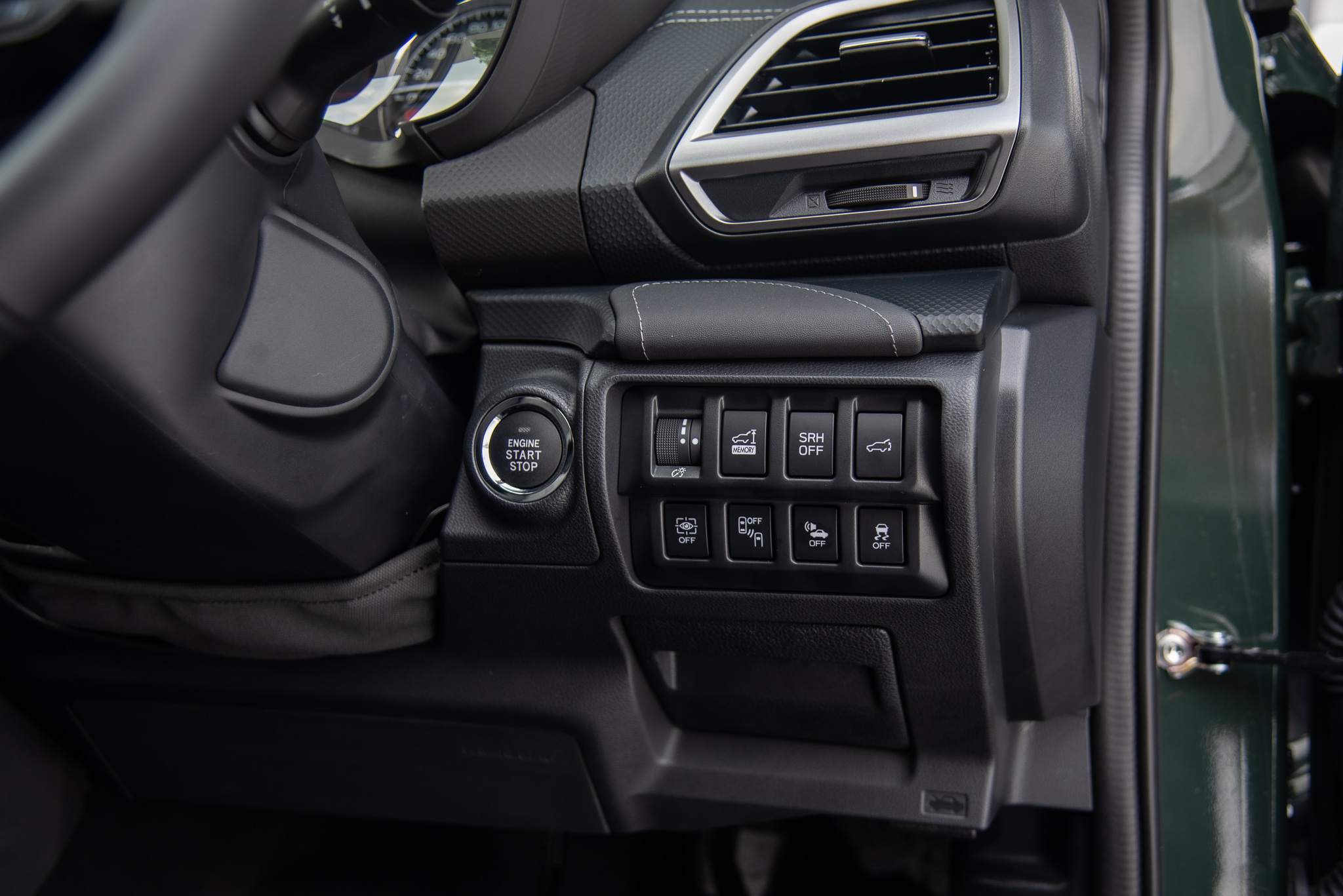
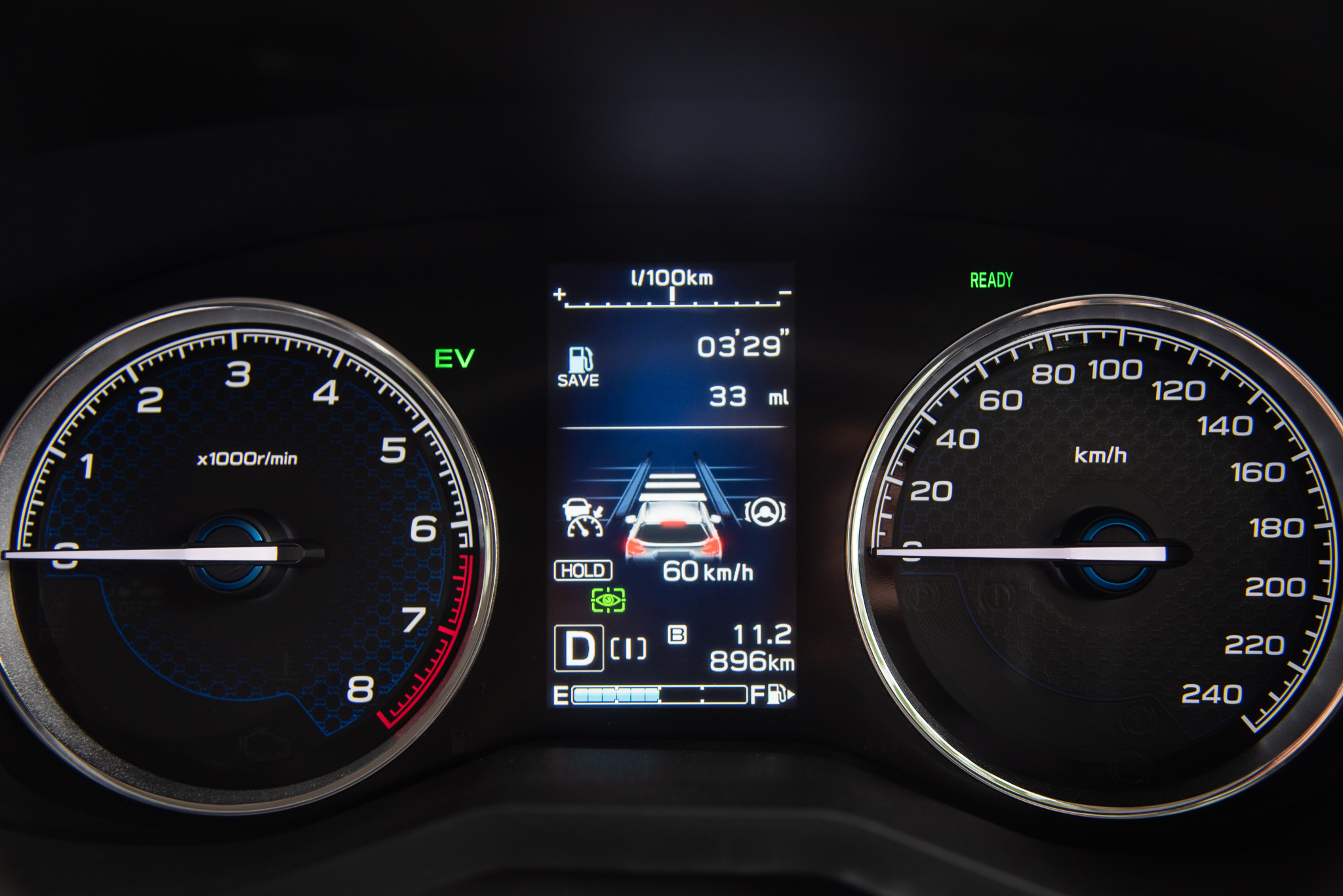
2022 Subaru Forester e-Boxer 2.0i-S MHEV - How safe is it?
It has a ton of active, preventive and passive safety systems that serve to make your life on the road a little easier. But the winning safety feature of the Forester e-Boxer comes in the form of its new EyeSight 4.0 system, which has an increased detection range and a wider field of view than its predecessor. The two cameras are now tacked directly onto the windshield, so you’re less likely to leave grimy fingerprints on the lenses, less you inhibit the cameras’ view.
With Subaru’s new EyeSight 4.0, the Forester now has a lane-centring function while driving in adaptive cruise control (ACC) to keep you driving straight and true. It even detects when the vehicle in front slows down or if it has its tail lights on, reducing your speed to bring you to a stop smoothly. In an emergency, the car's pre-collision braking system would even take control of the steering rack, diverting you away from road hazards. It's a feature I neglected testing, so results may vary depending on road conditions.
It’s basically a step away from pilot-assisted driving, but it’s not a 100% foolproof system. Under adaptive cruise, the EyeSight system has a tendency to spot the tail lights of cars on adjacent lanes and slow the car down. That being said, if you’re the sort of person that has to rely on every bit of driving assistance to stay within your lane, perhaps you ought to reconsider stepping behind the wheel in the first place.
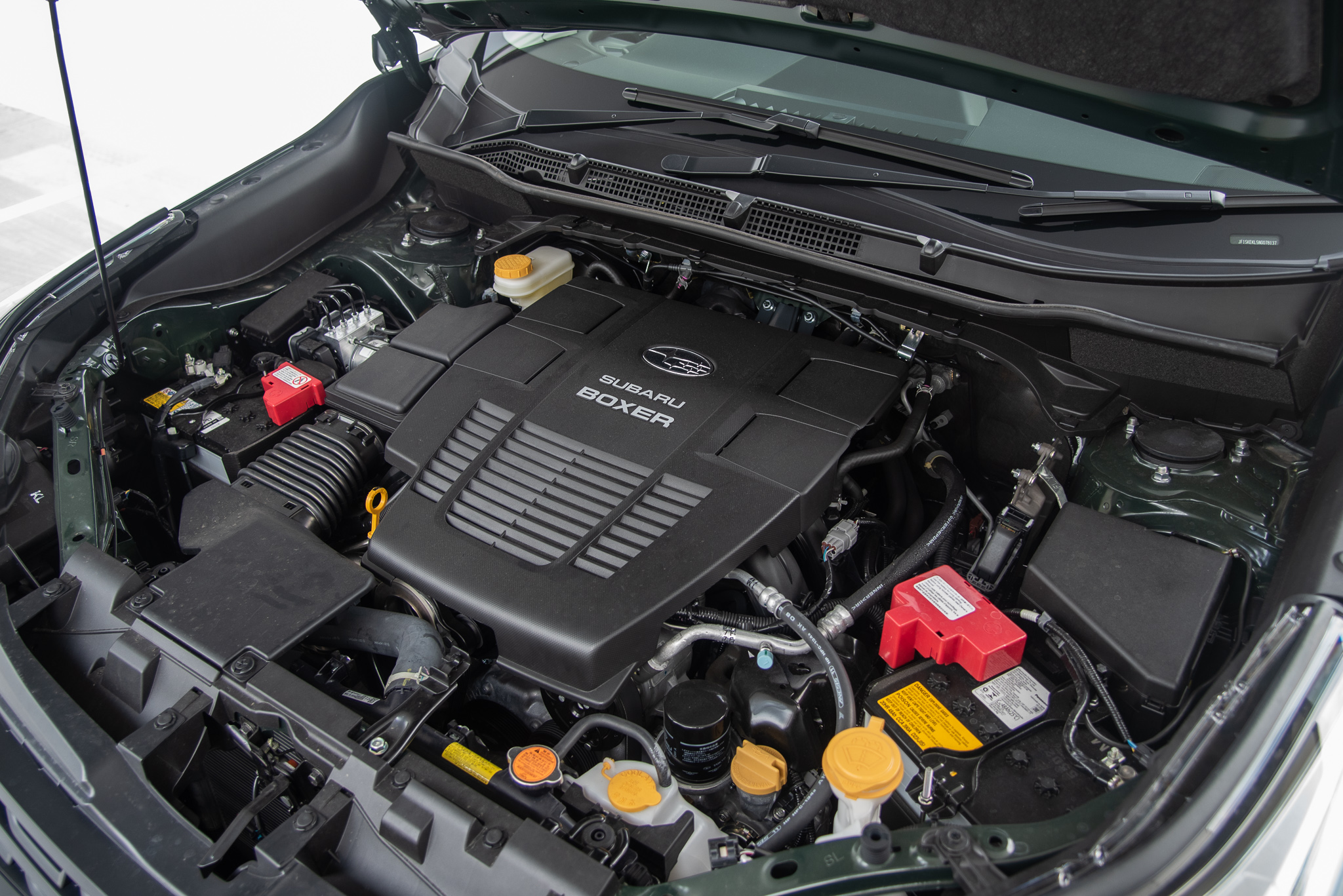
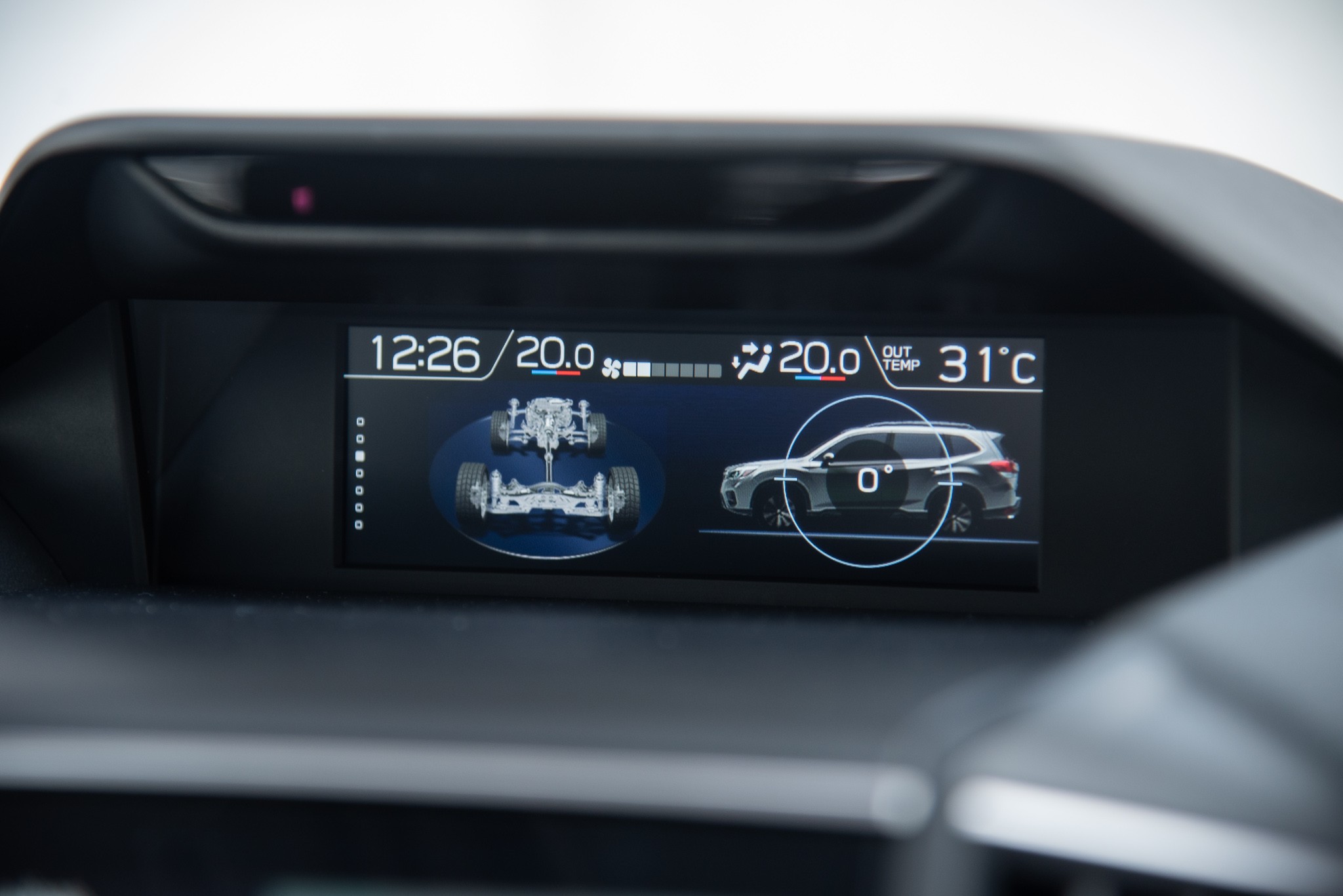
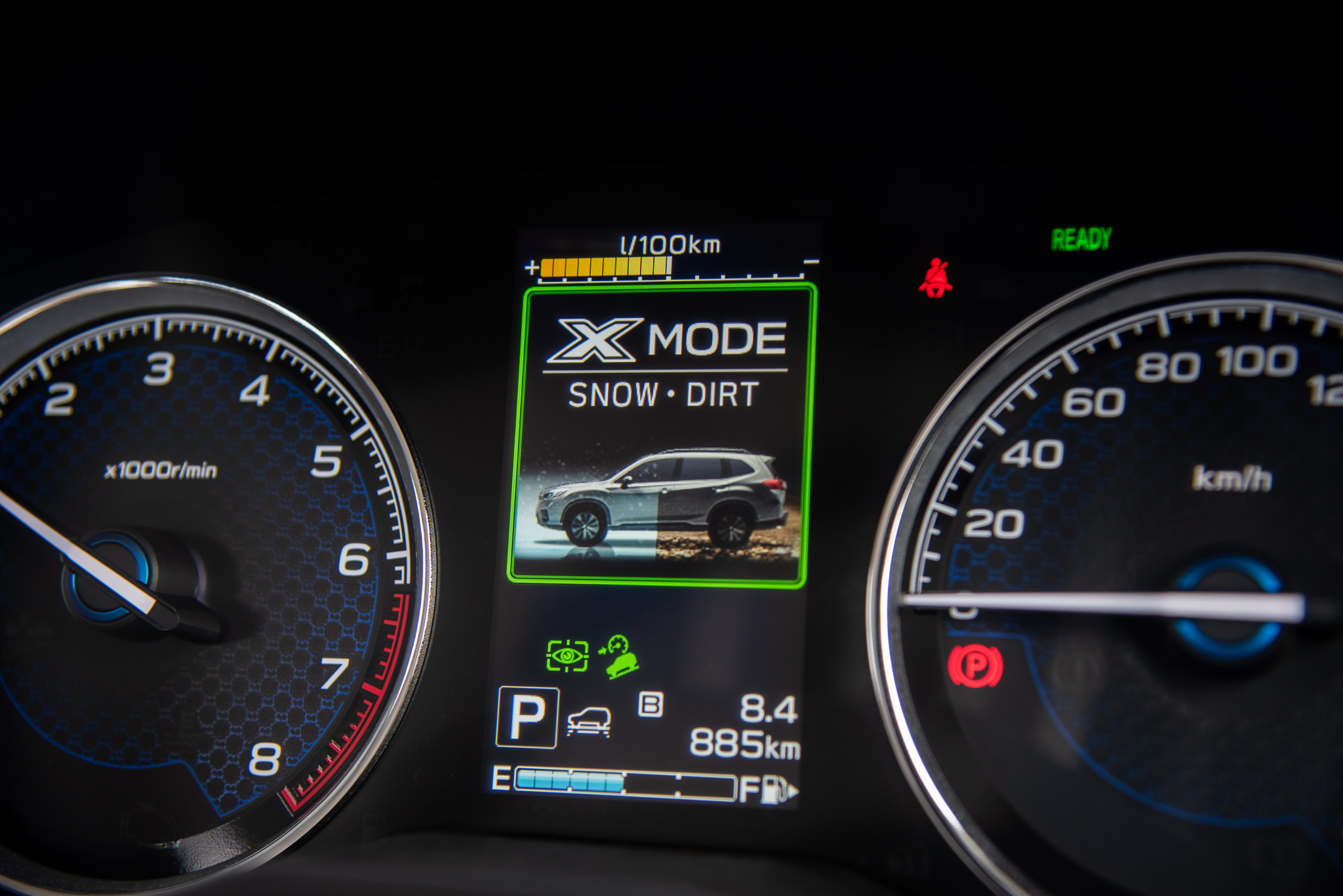
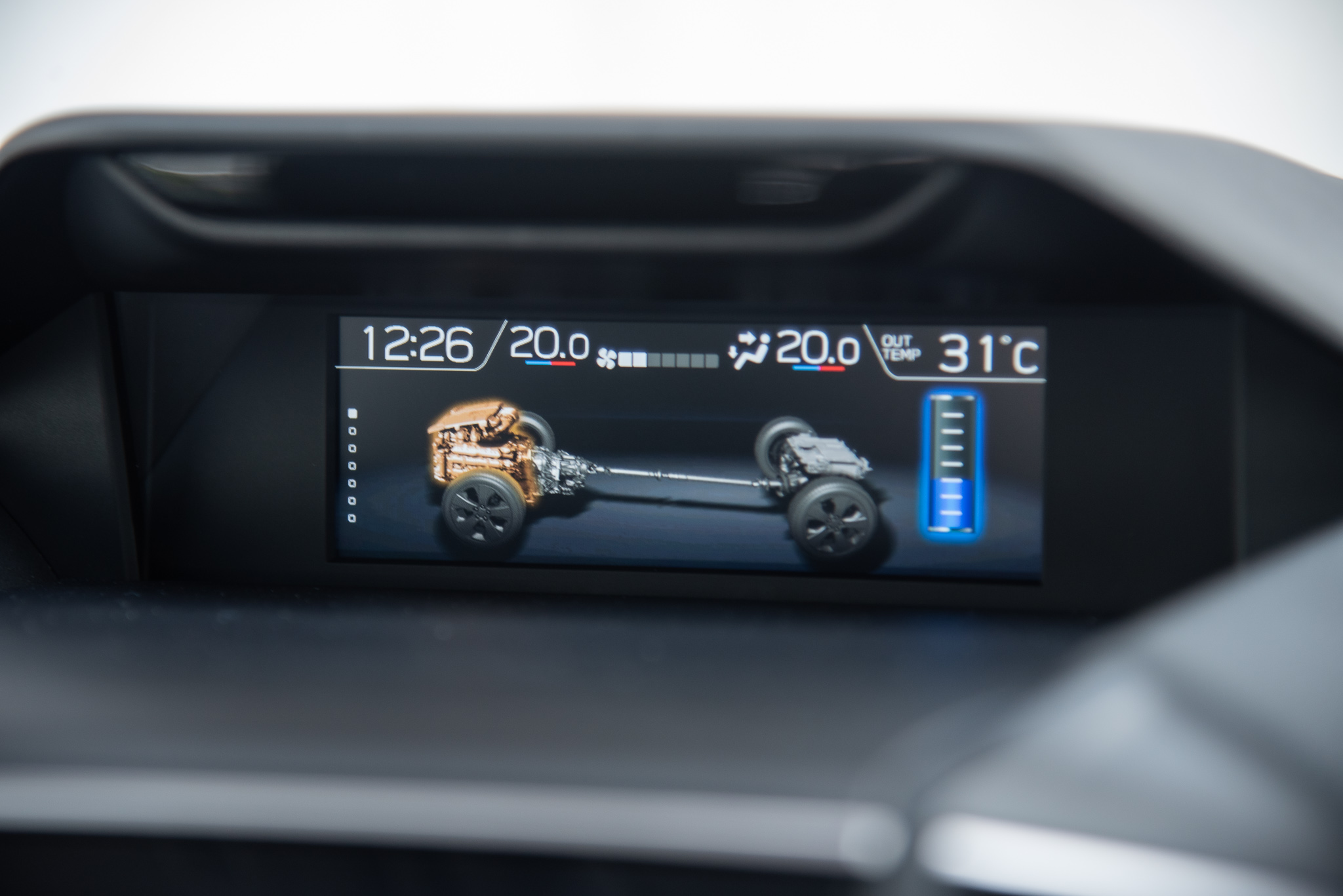
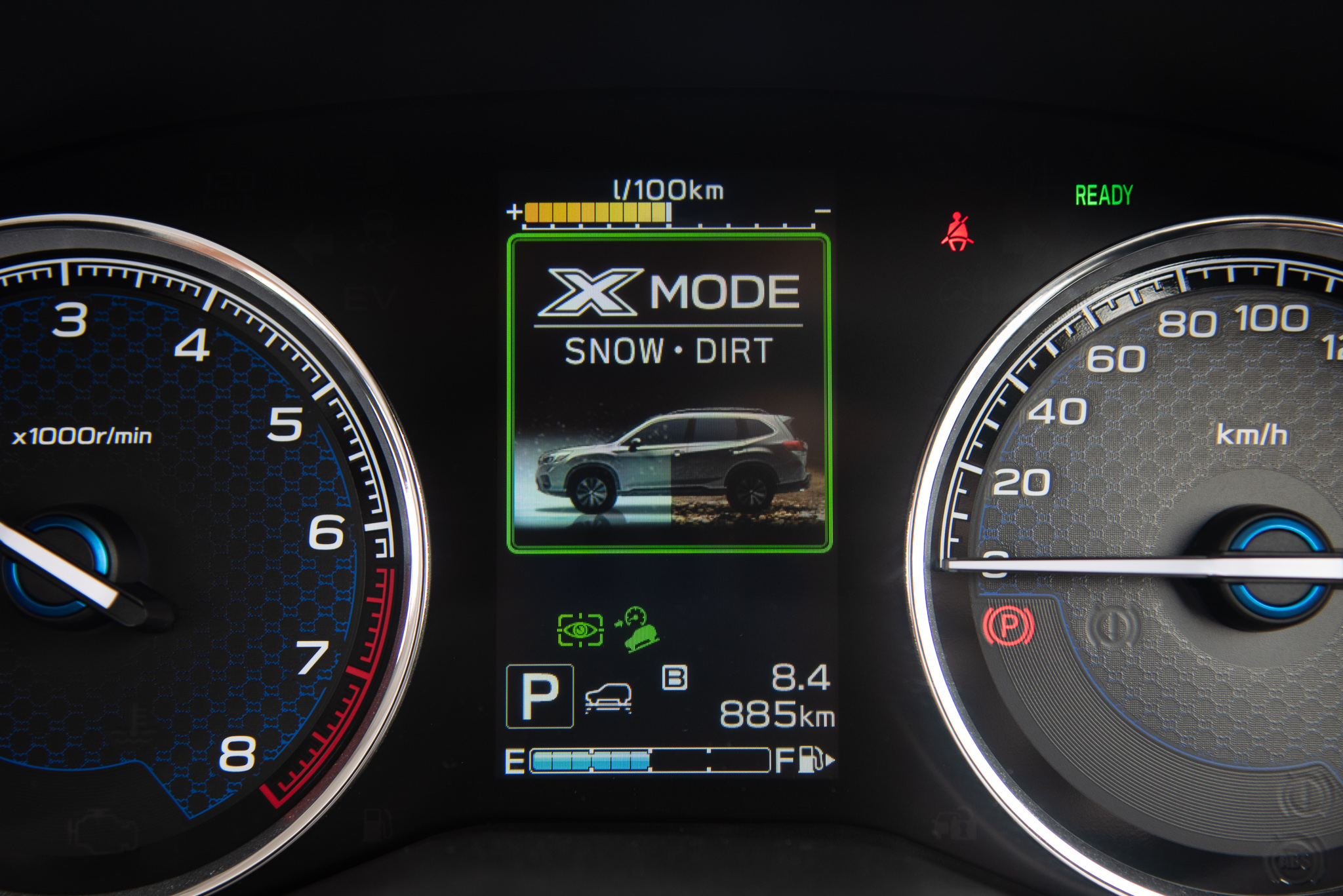
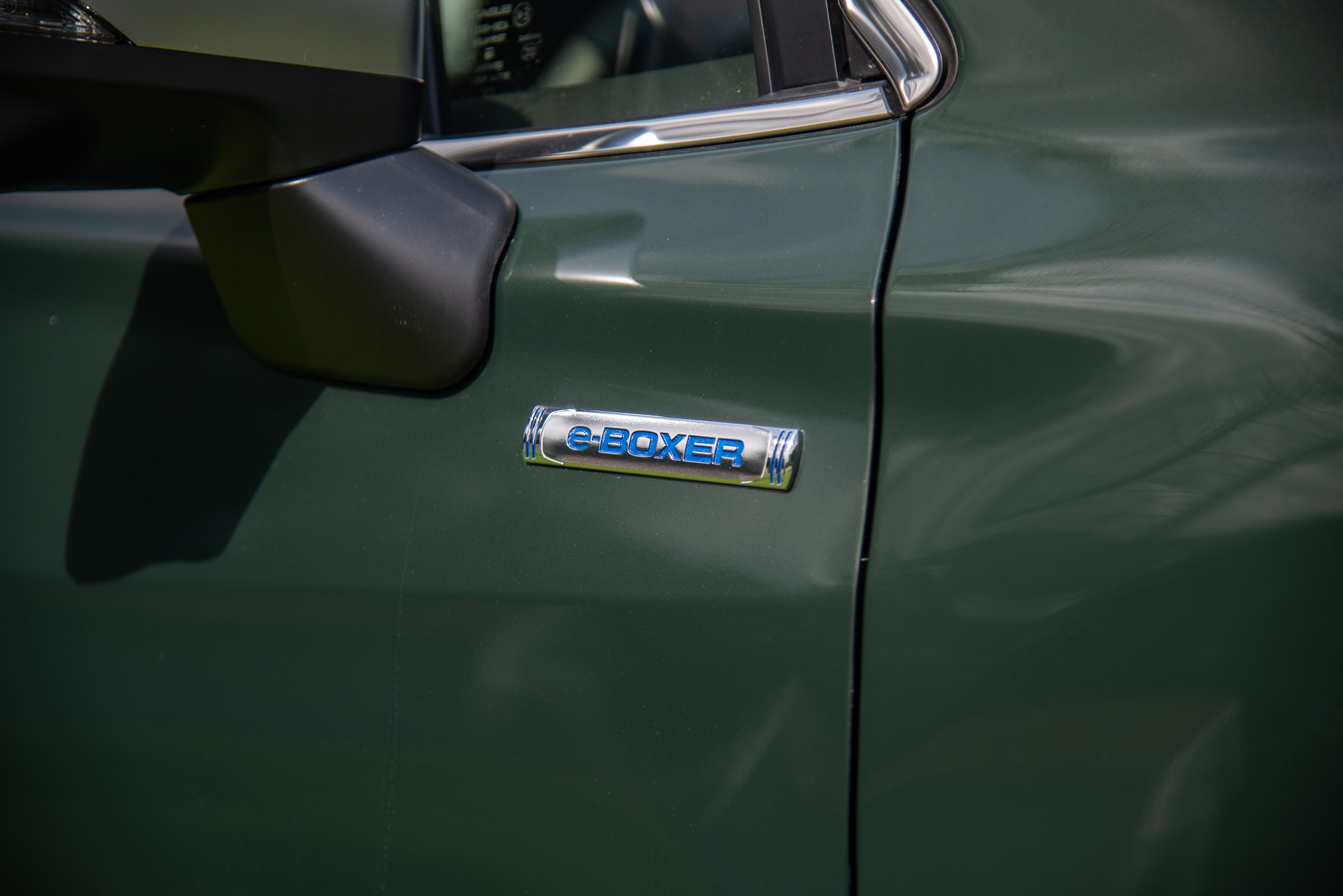
2022 Subaru Forester e-Boxer 2.0i-S MHEV - What's under the hood?
Like before, the Forester uses a 2.0-litre flat-4, or boxer engine mounted low down into the engine bay for a lower centre of gravity. In this particular application, the FB20D engine produces 150 horsepower and 194Nm of torque. The power is sent to all four wheels, in traditional Subaru fashion, routed through a hybrid lineatronic CVT with 7 “gear ratios”. Not a perfect system by any means, but far more intuitive than the CVTs you’d find in some other soft-roaders within the niche.
The biggest change under the hood lies in the AC synchronous motor mated to the flat-4 engine. Hence the “e” prefix before “boxer”. An atypical system for a mild hybrid vehicle, which typically uses some form of beefed-up alternator that doubles as a motor. Don’t let its hybrid credentials fool you though, take it on a trail road and the Forester still does a stellar job traversing grassy knolls or rougher terrain thanks to its X-Mode.
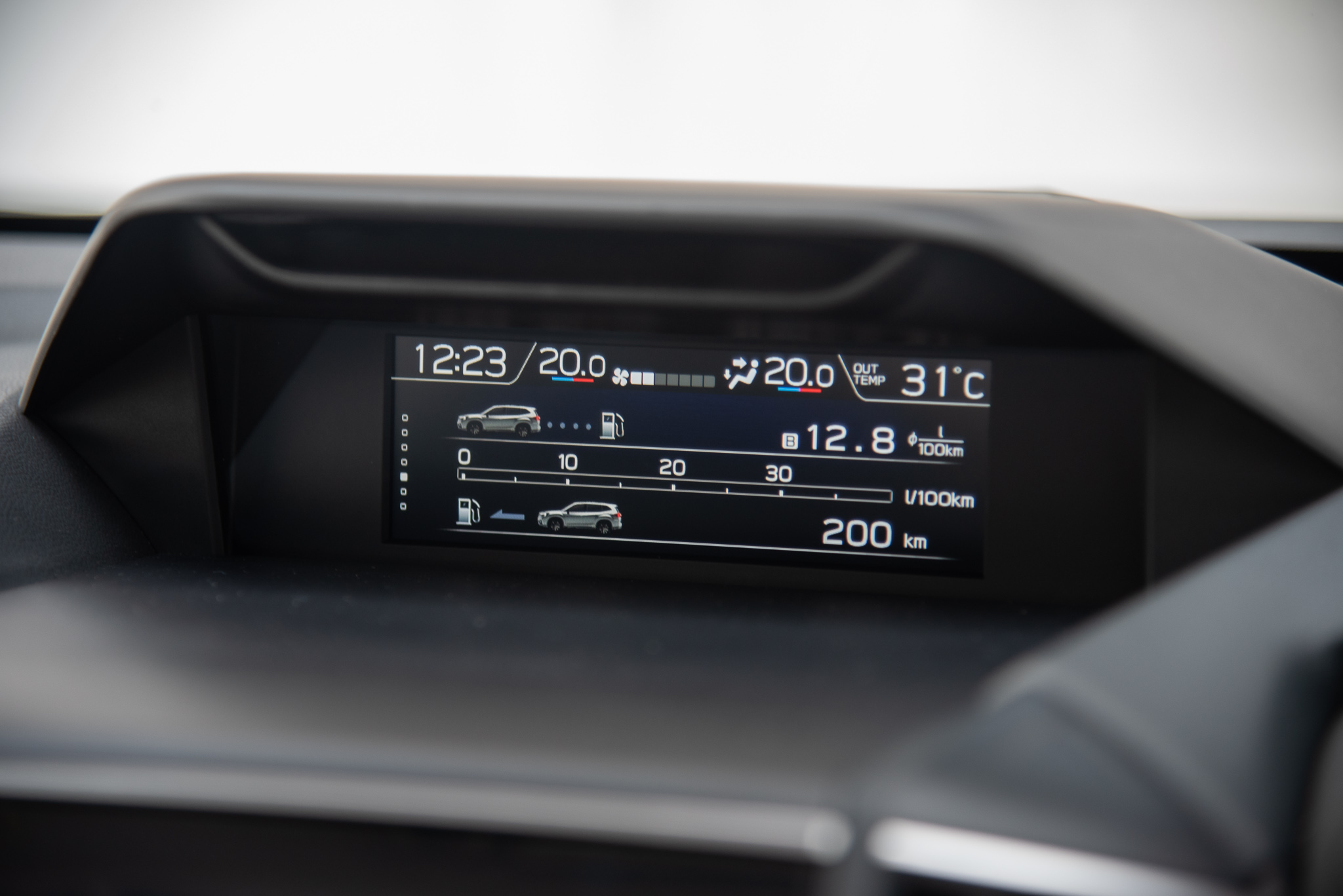
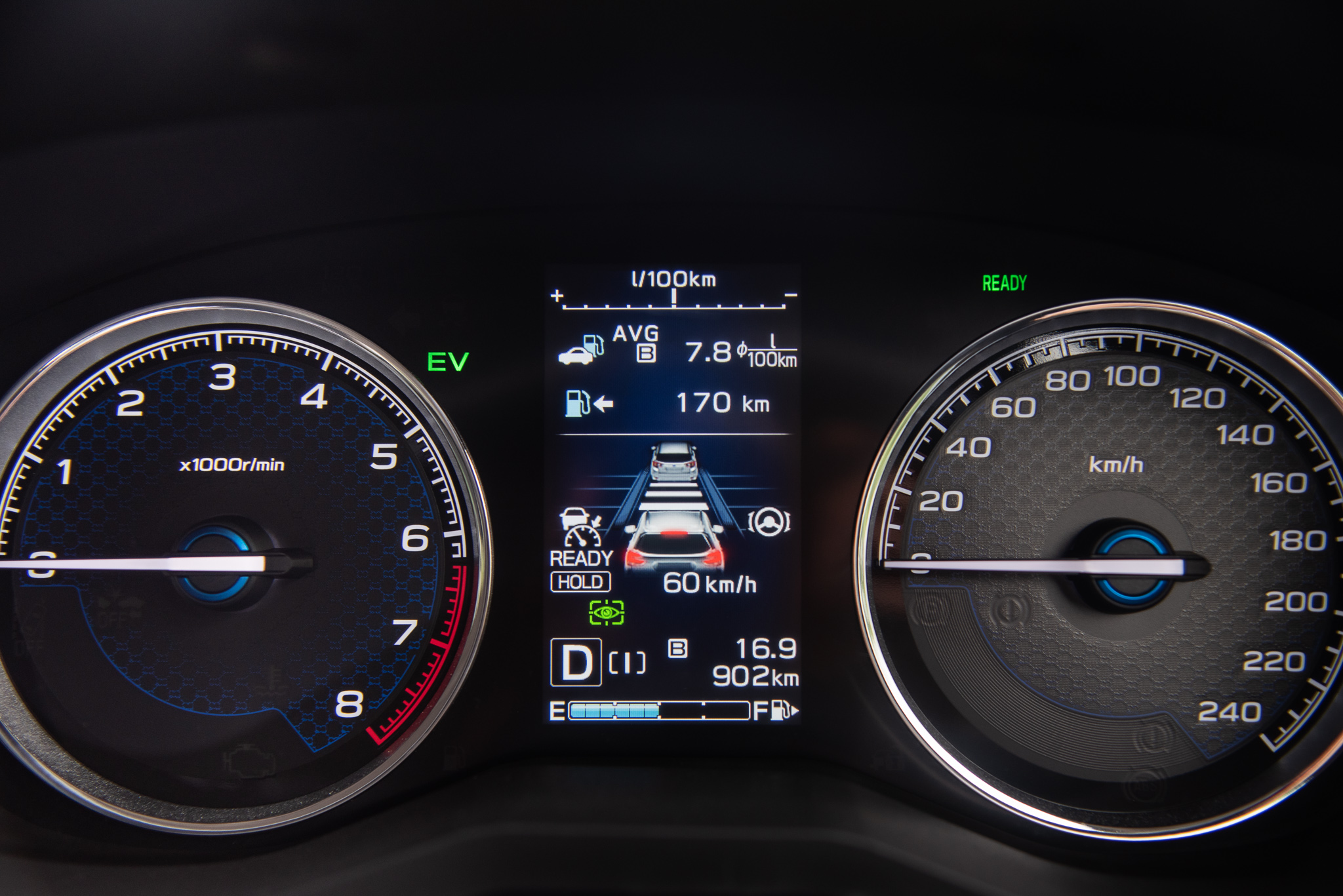
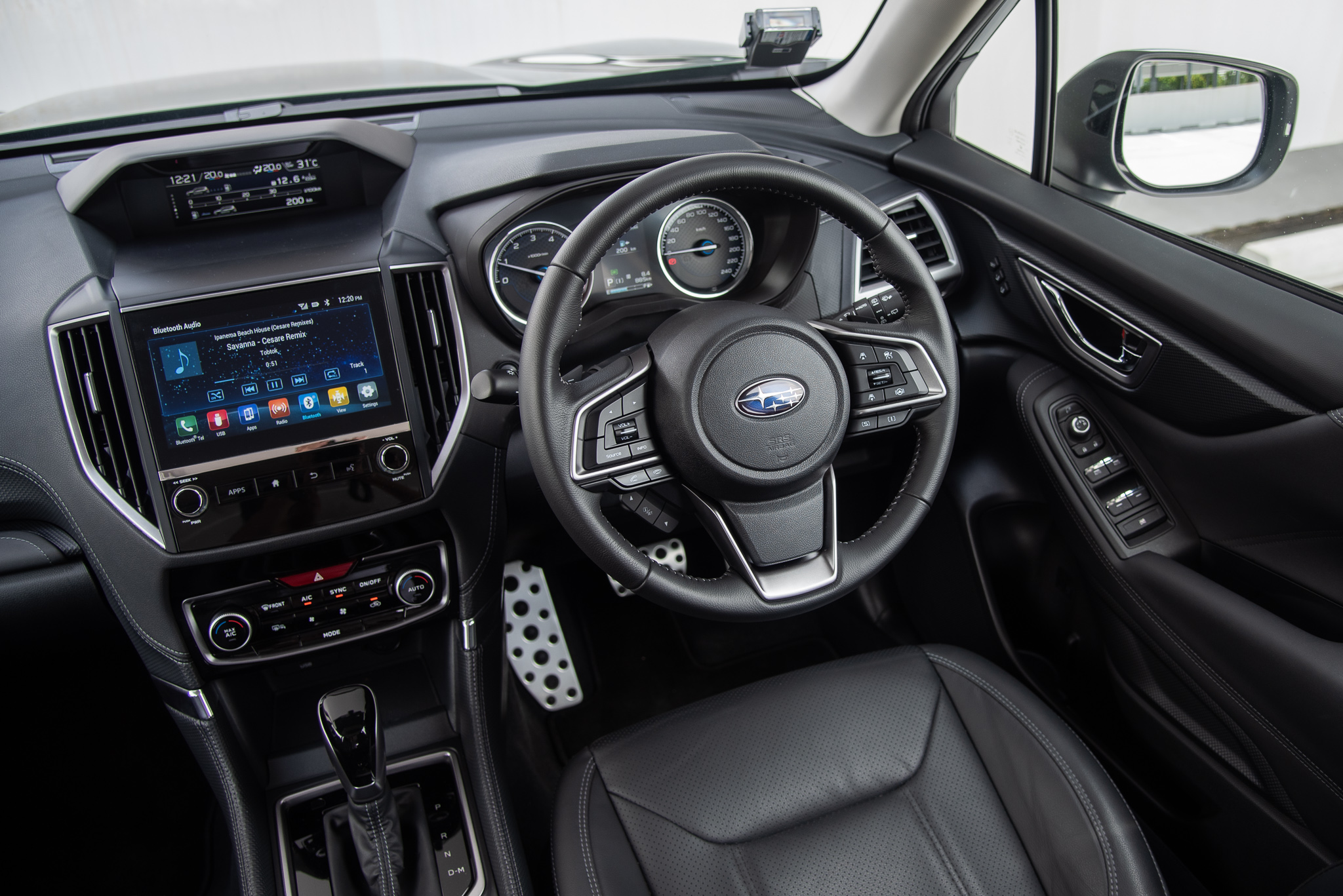
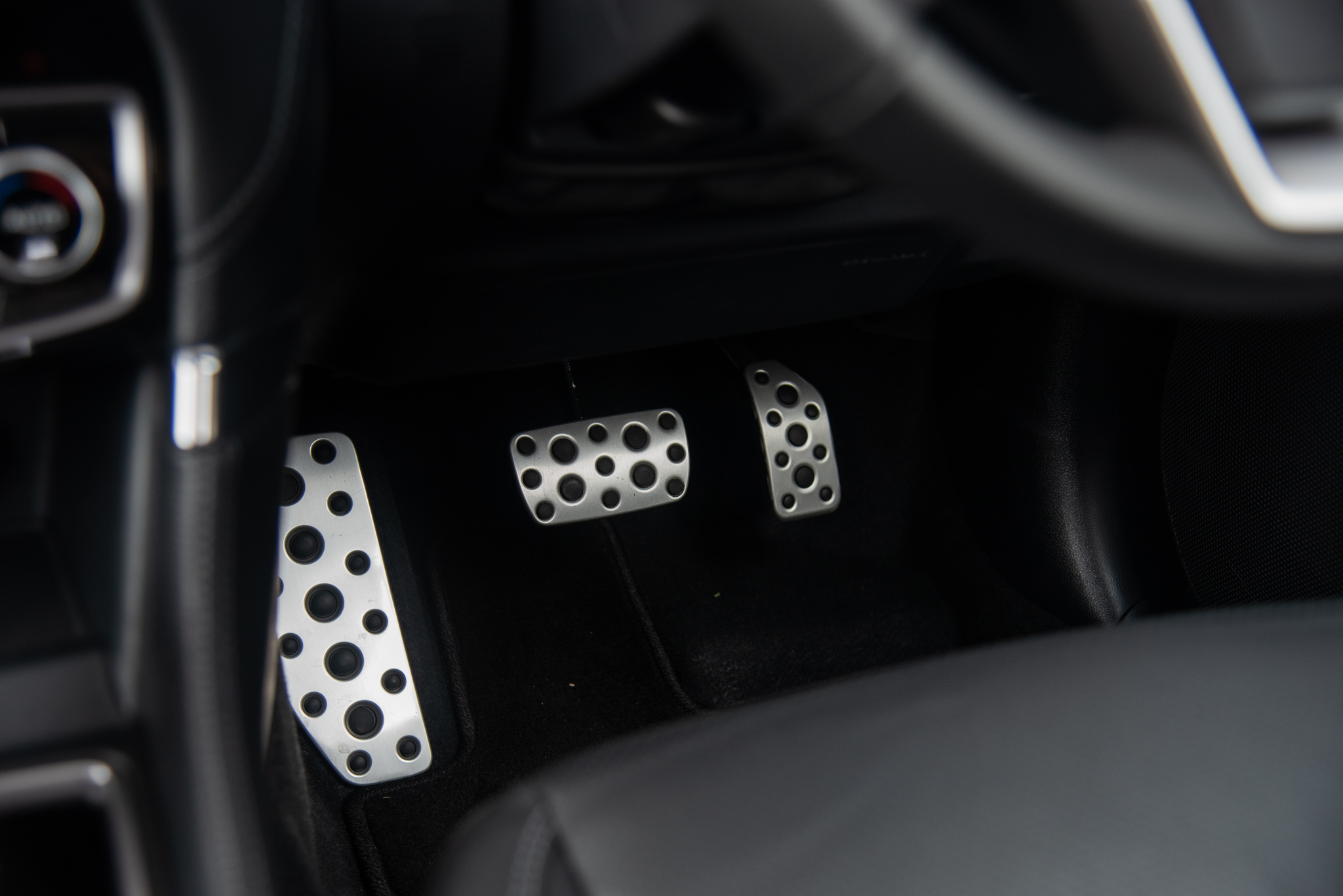
2022 Subaru Forester e-Boxer 2.0i-S MHEV - What's it like to drive?
On paper, the Forester e-Boxer has a quoted fuel efficiency of 6.9L/100km. In Singapore’s context however, you’d be looking at figures just south of 8L/100km, which isn’t too shabby for a naturally aspirated 2.0-litre engine.
Despite being badged as an MHEV, the Forester e-Boxer operates unlike any mild hybrid system we’ve grown accustomed to, behaving akin to a conventional hybrid at slower speeds. In true MHEV fashion, the engine shuts off from time to time when no throttle input is detected. However, the 16.7 horsepower electric motor alone can propel the car up to speeds of 20km/h before the boxer engine comes into play.
Effectively, it behaves more like a conventional hybrid rather than a mild hybrid. And the bouts of full EV driving does impart the Forester with impressive levels of NVH. Even when the boxer is chugging away, engine noise is minimal unless you’re getting above 2500rpm. Combined with the low CG and pliant suspension setup, the Forester is an incredibly comfortable car that takes corners with minimal body roll and confidence-inspiring stability.
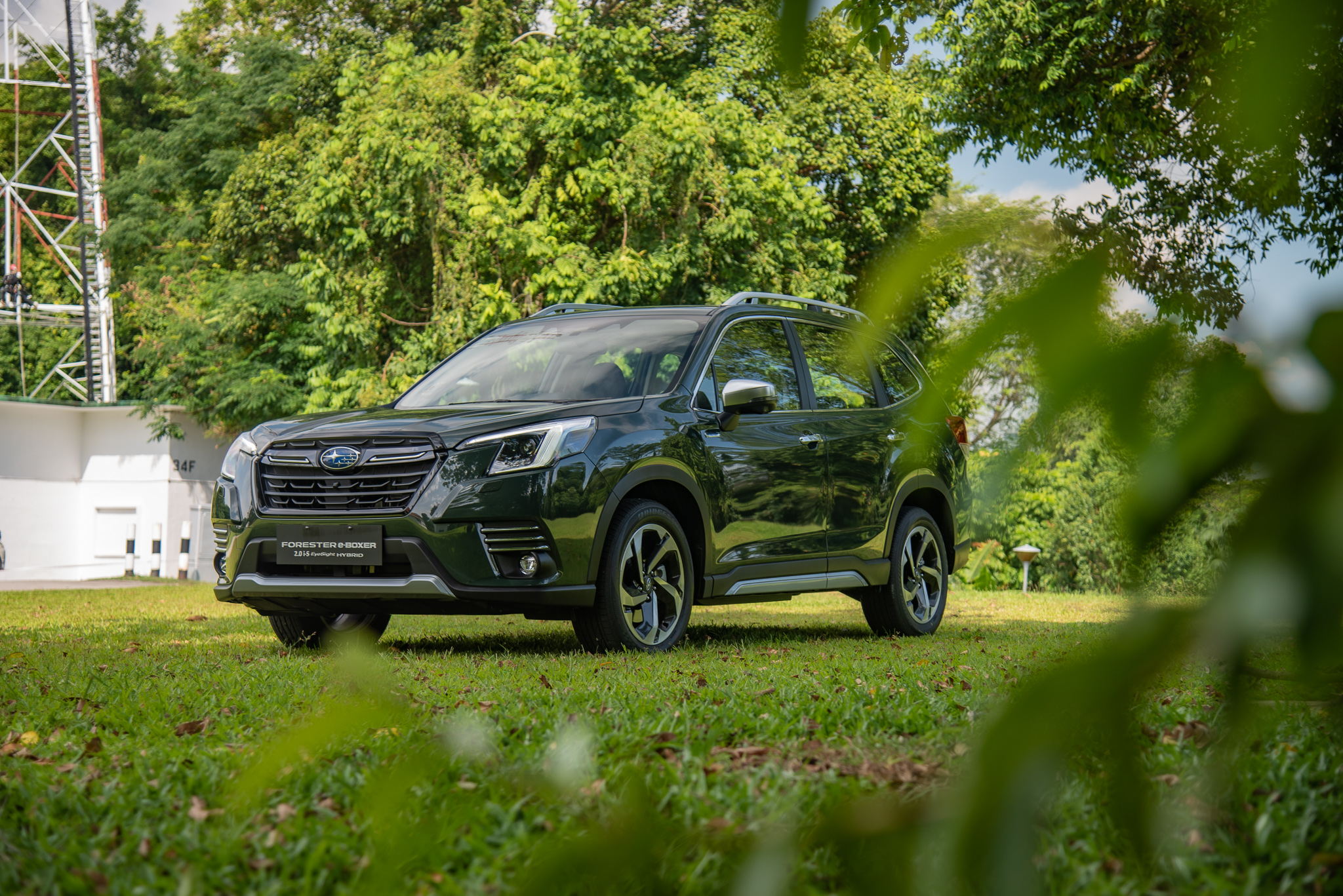
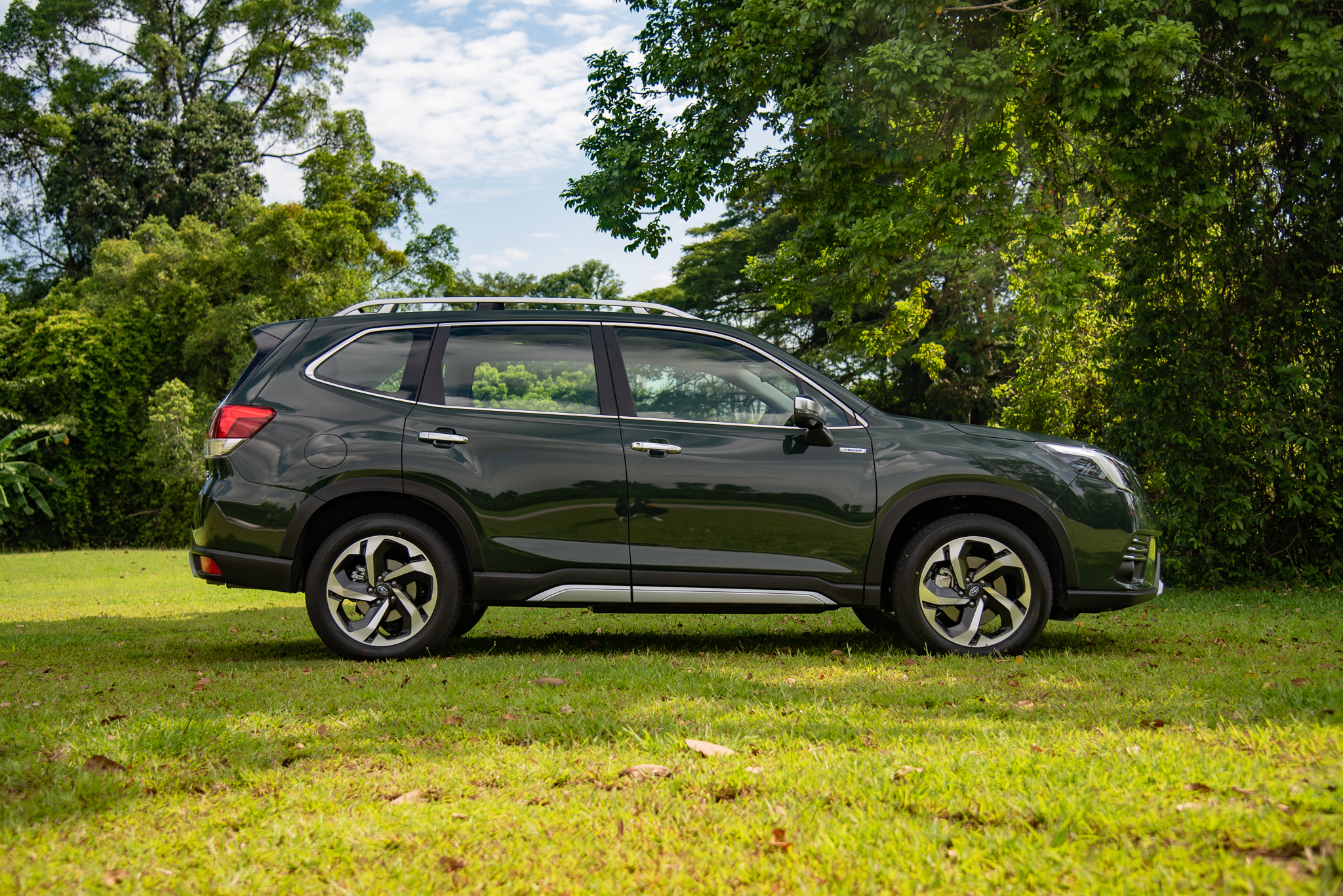
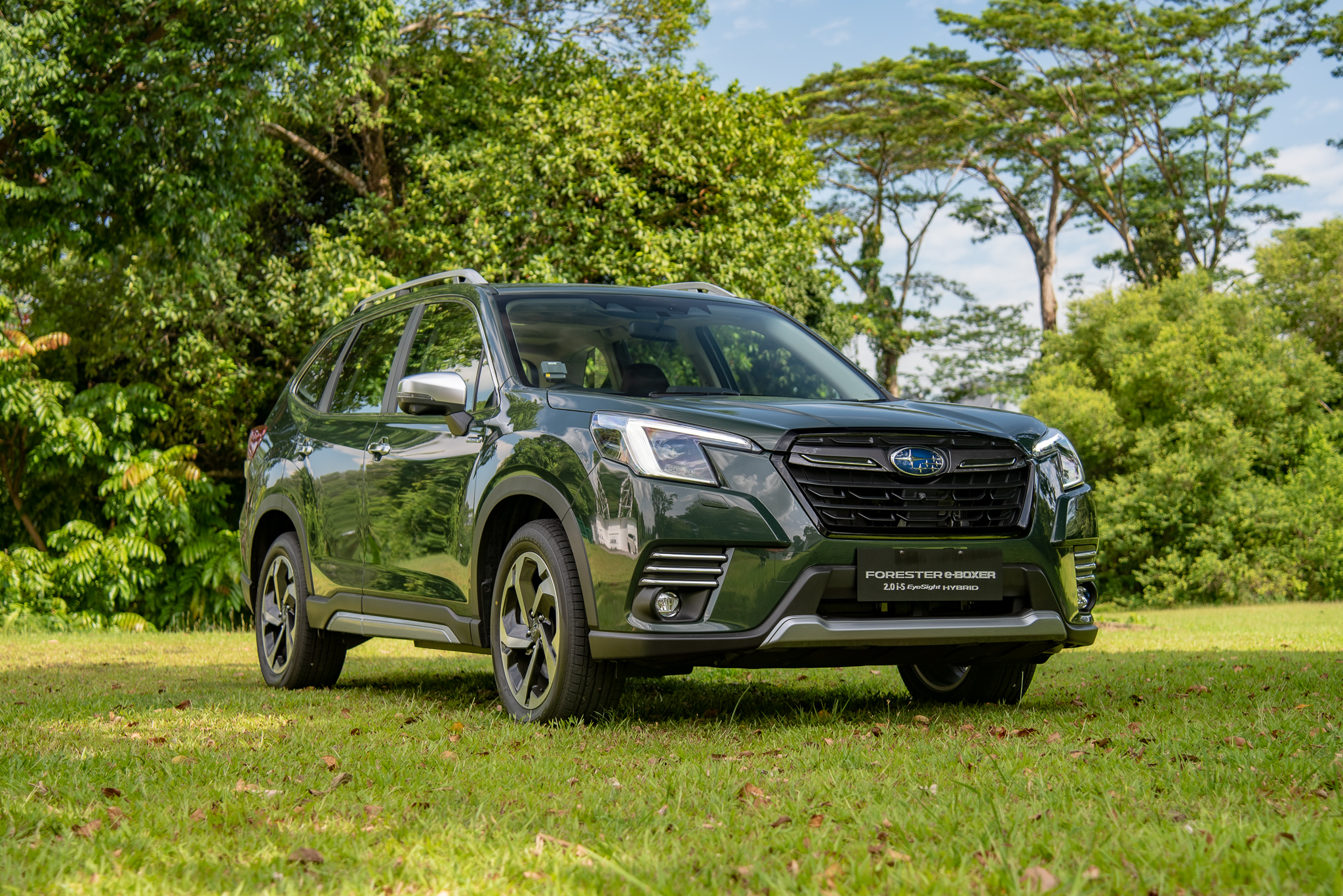
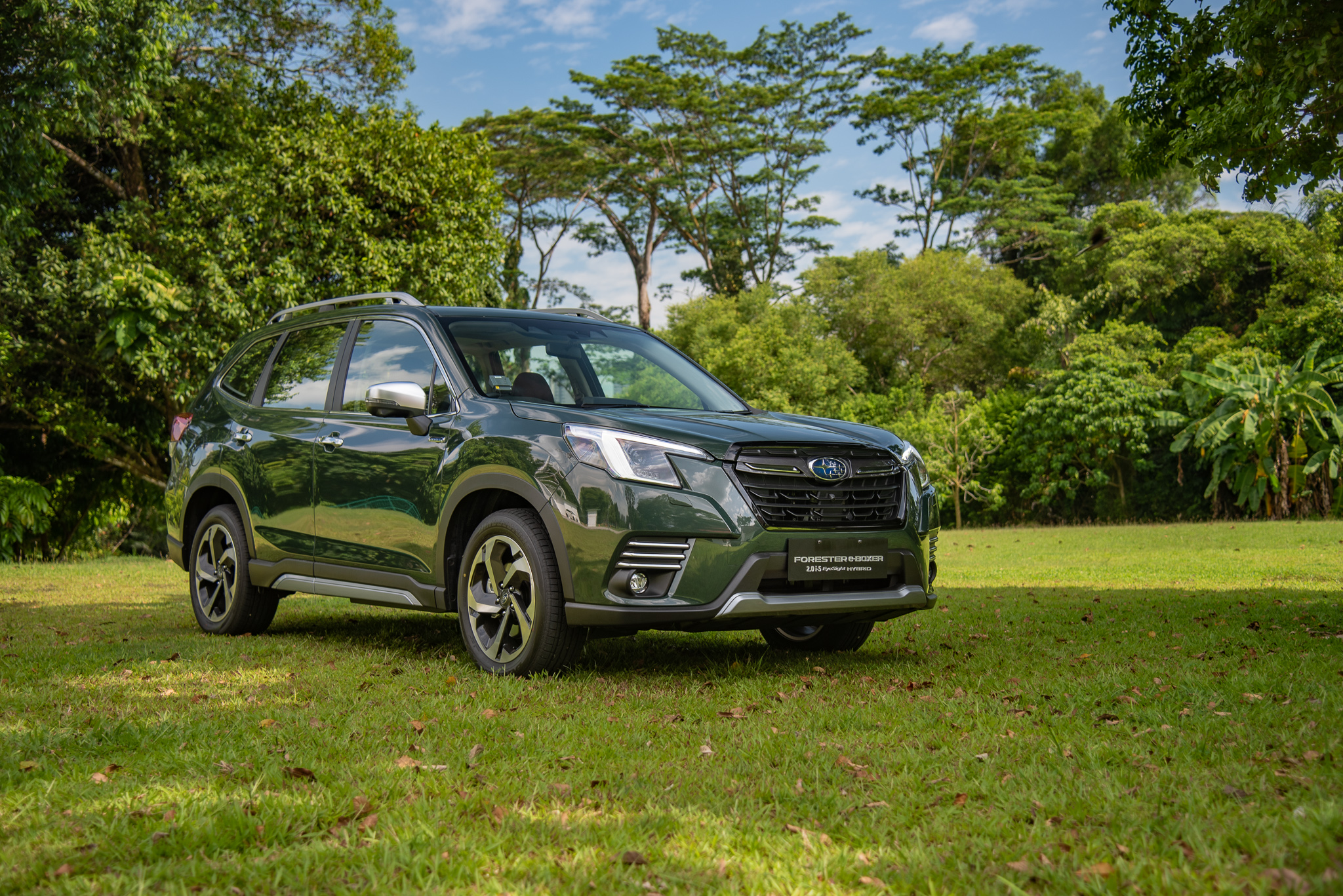
All told, the Subaru Forester e-Boxer’s starting price of S$175,800 (at the time of writing) does get you a comprehensive suite of safety features that put it on par with many vehicles of the (traditionally more pricey) European variety. It might be a little lacking in terms of interior refinement and materials, but where safety and off-loading prowess are concerned, there is nothing quite like it.
PHOTOS Jay Tee
Subaru Forester e-Boxer 2.0i-S MHEV
Engine 1995cc, 4cyl boxer
Power/rpm 150hp/5600-6000rpm
Torque/rpm 194Nm/400rpm
Electric Motor 16.7hp/66Nm
Transmission Hybrid Lineartronic CVT
0-100km/h 11.8secs
Top Speed 188km/h (electronically limited)
Kerbweight 1682kg
Fuel Consumption 6.9L/100km (Combined)
CO2 156g/km
VES B






